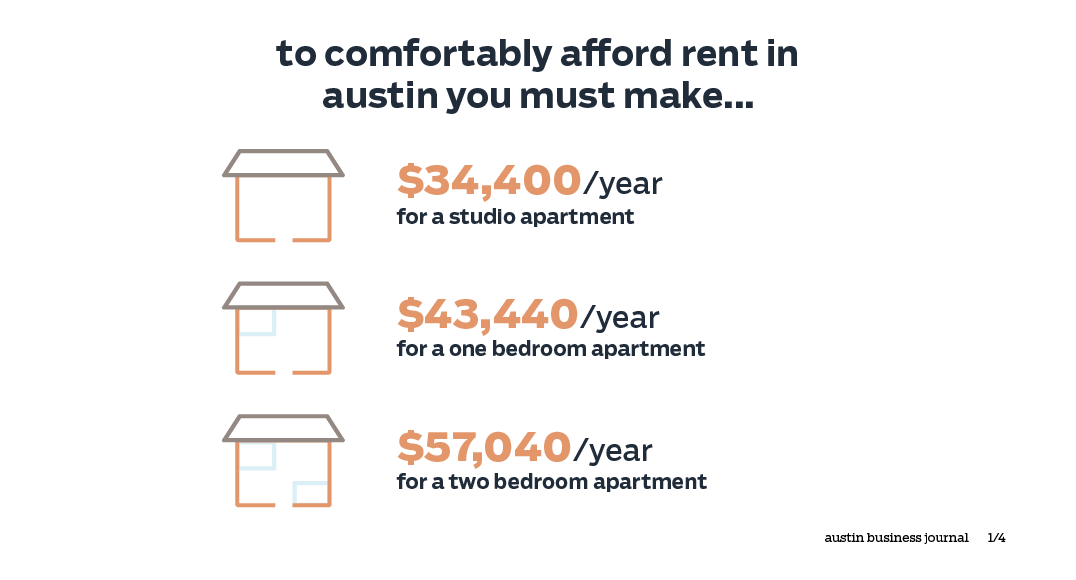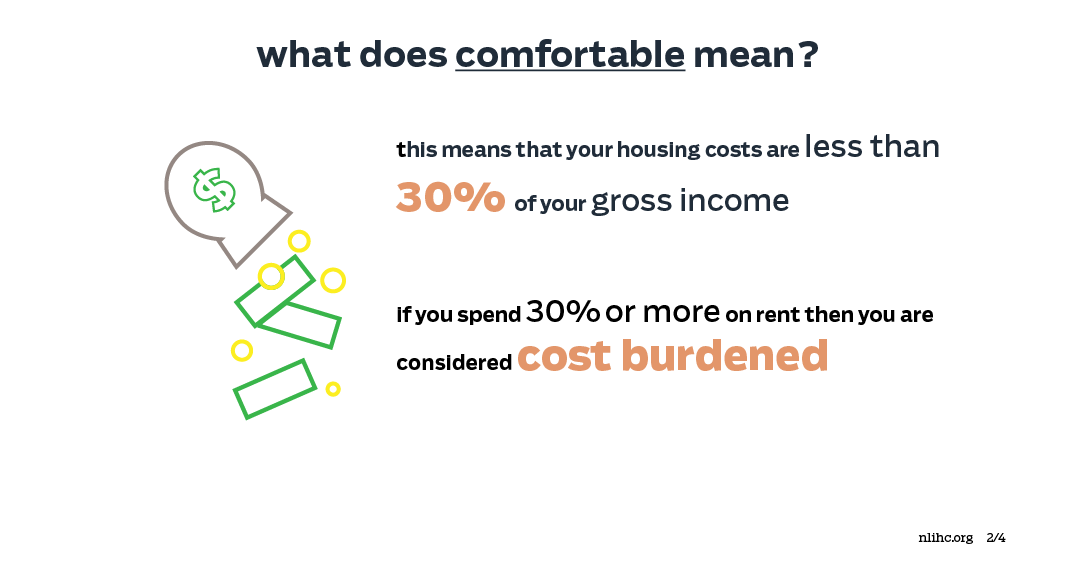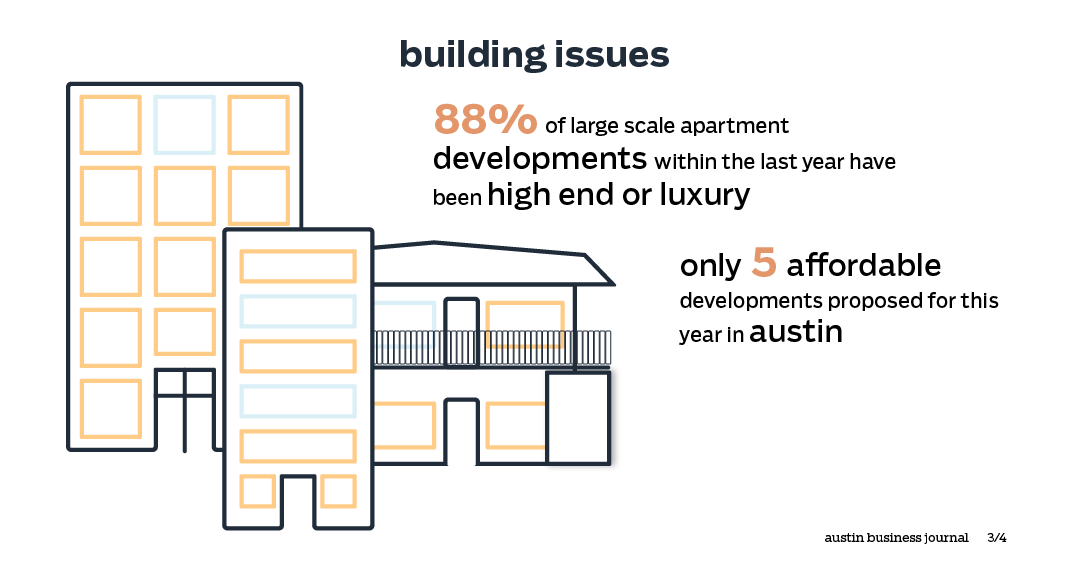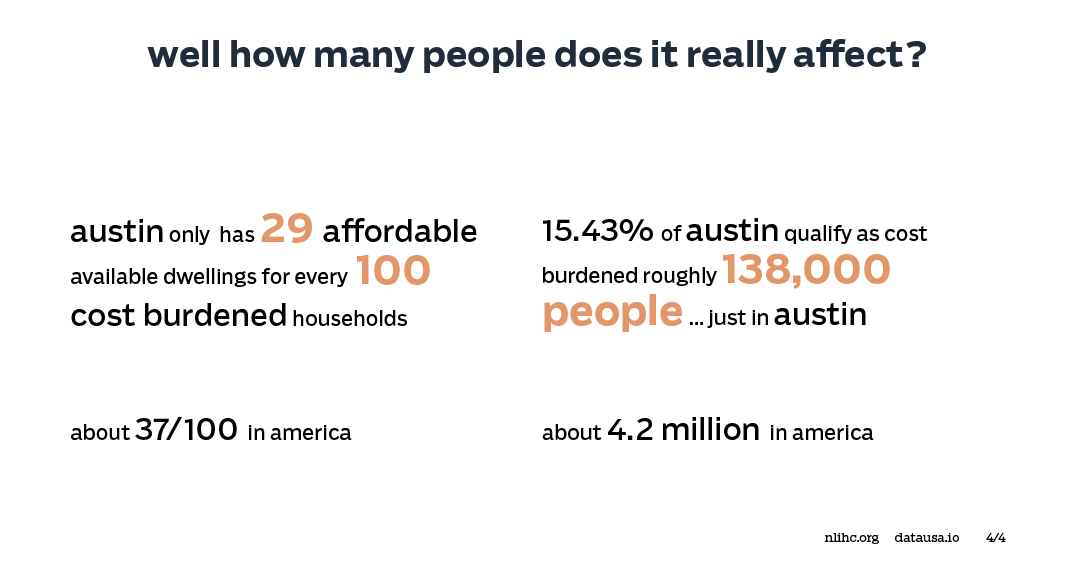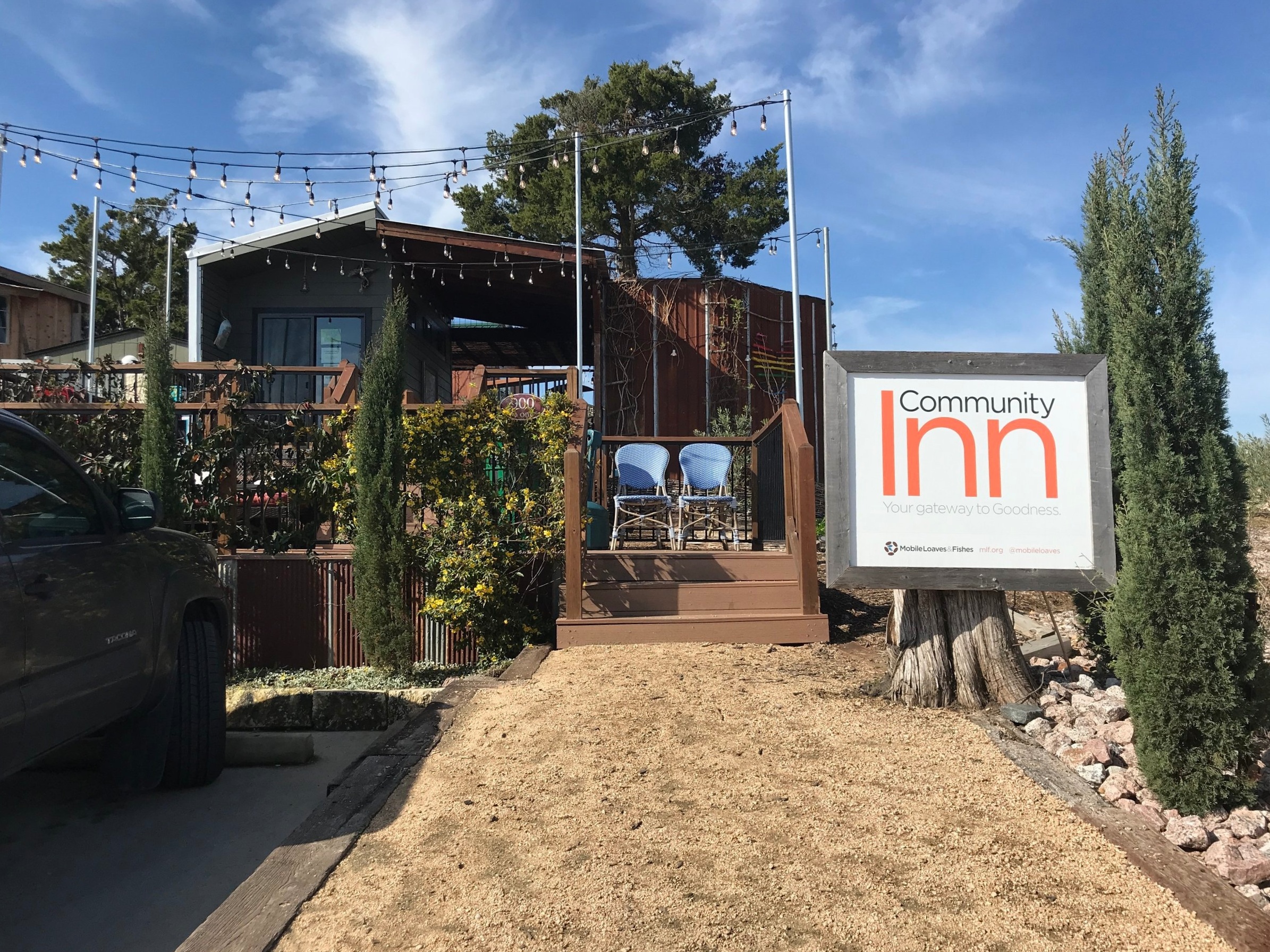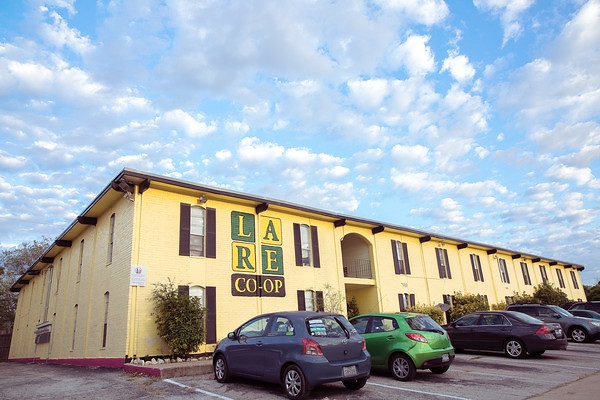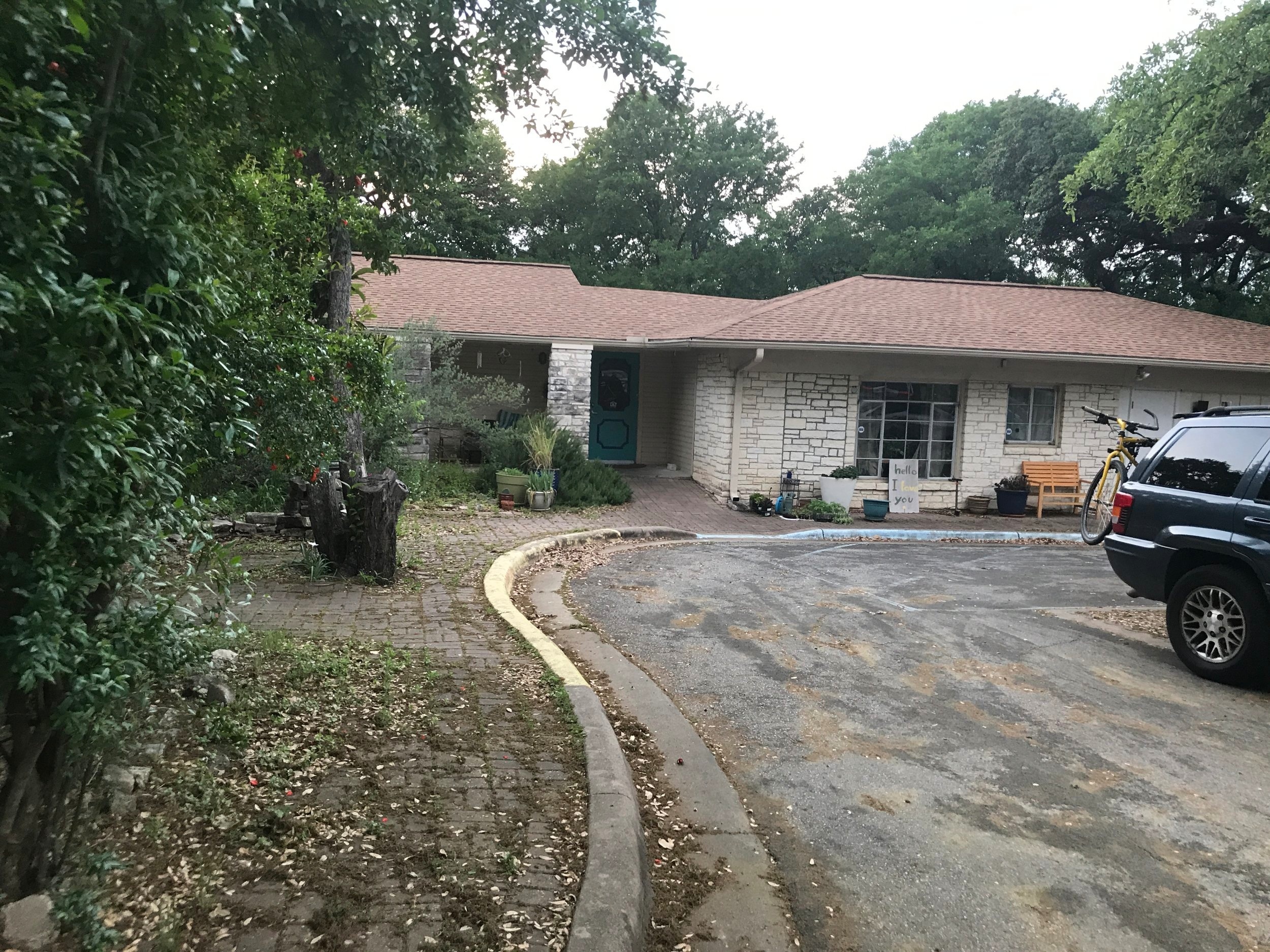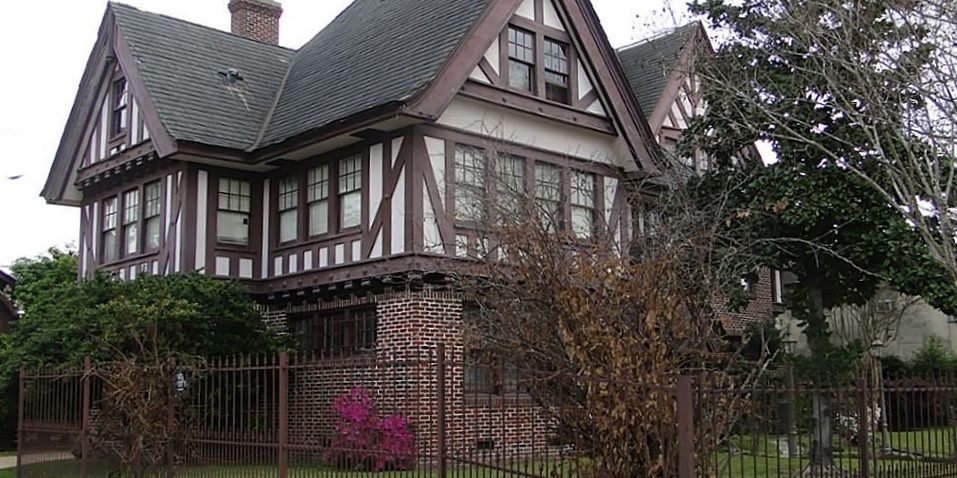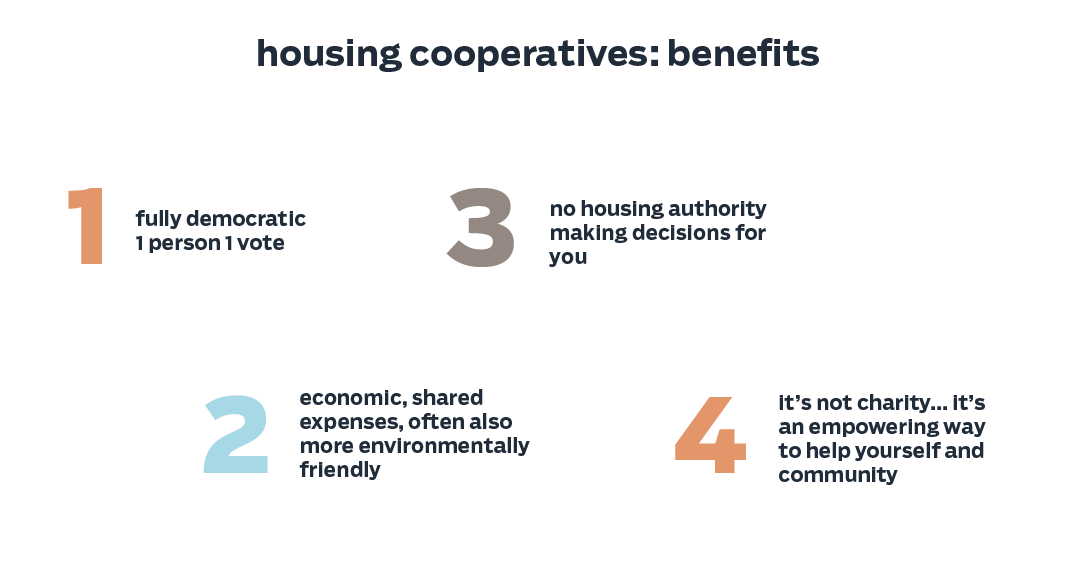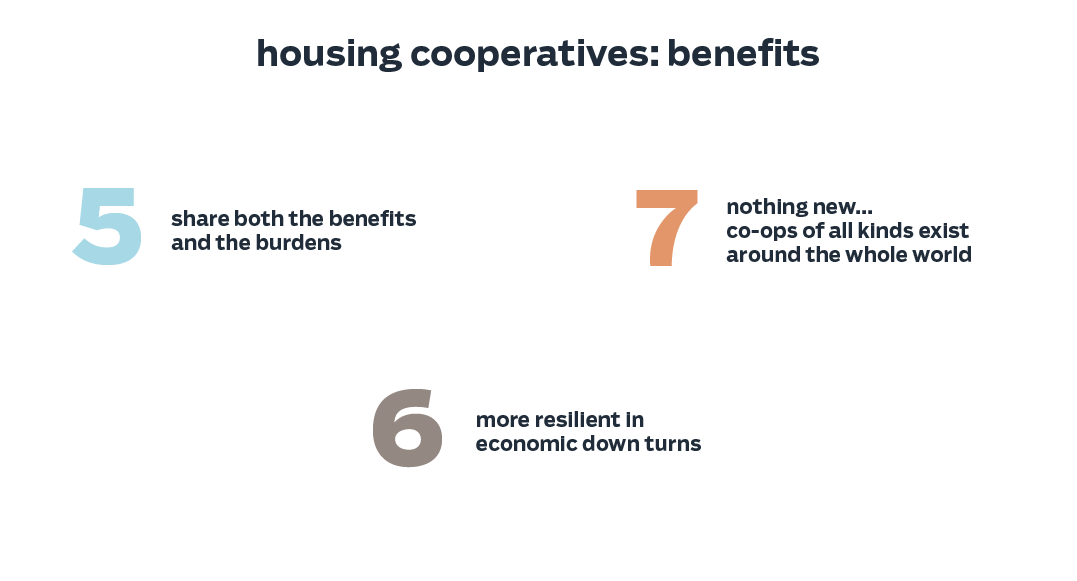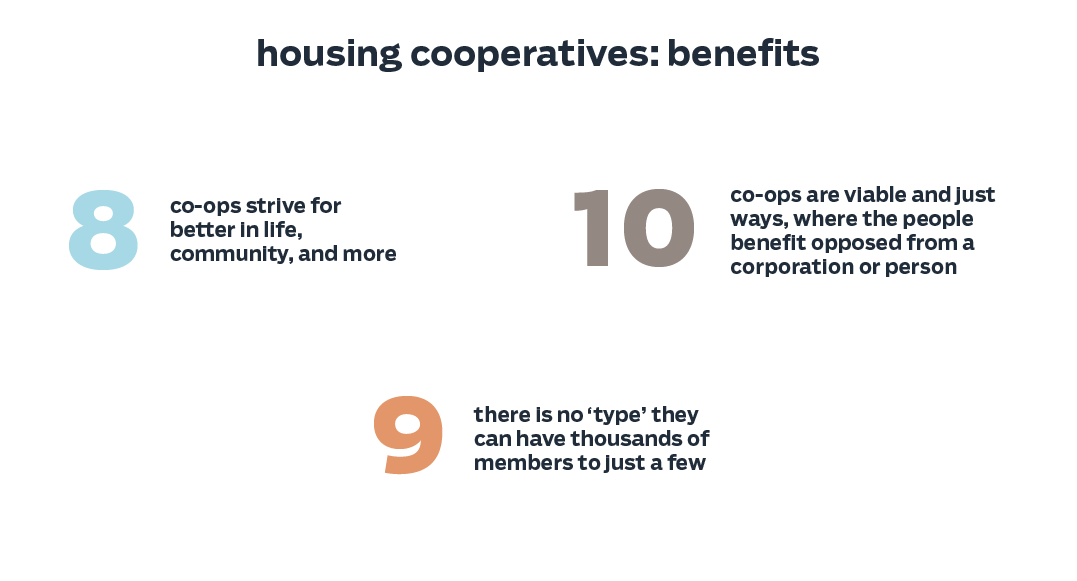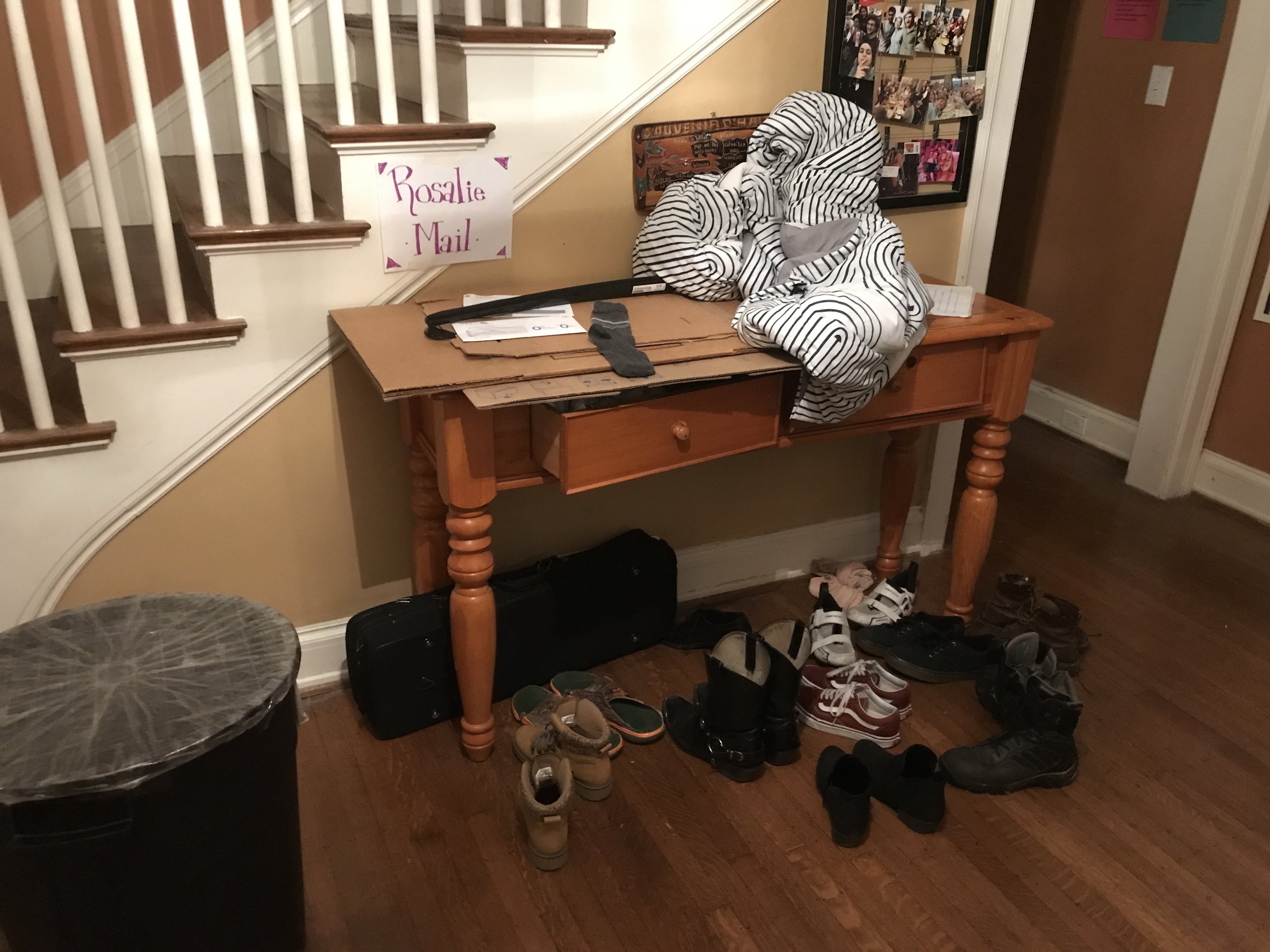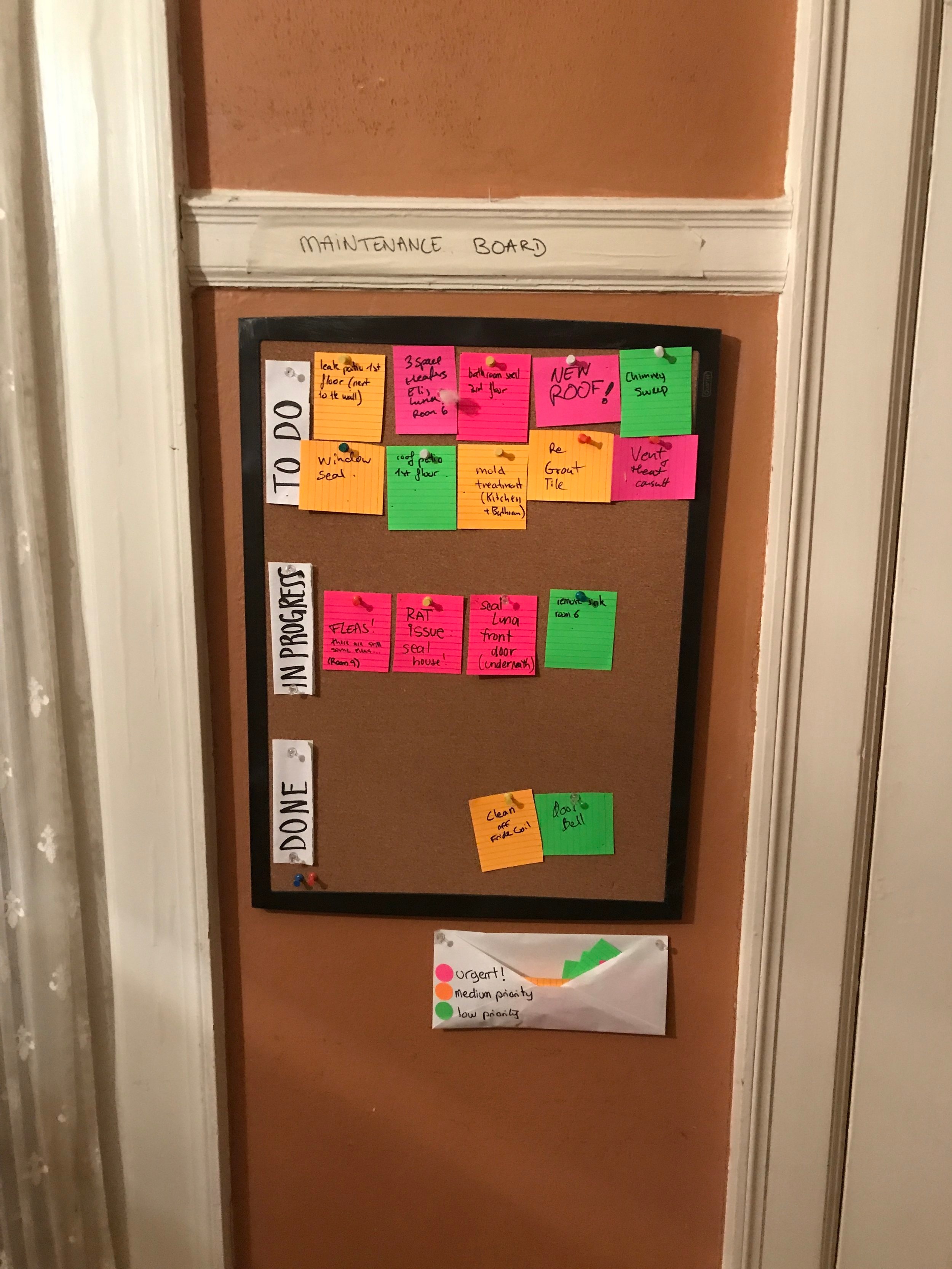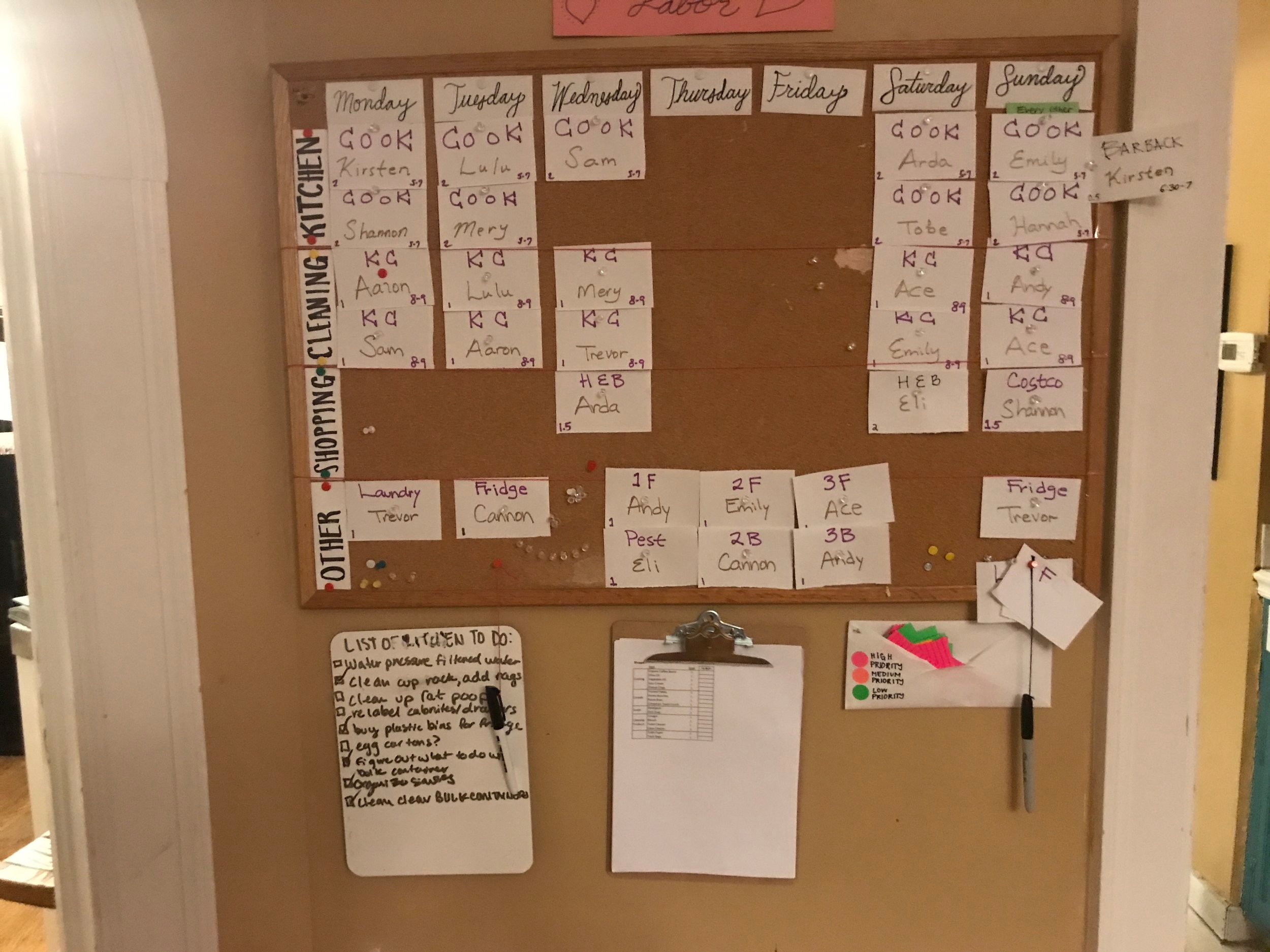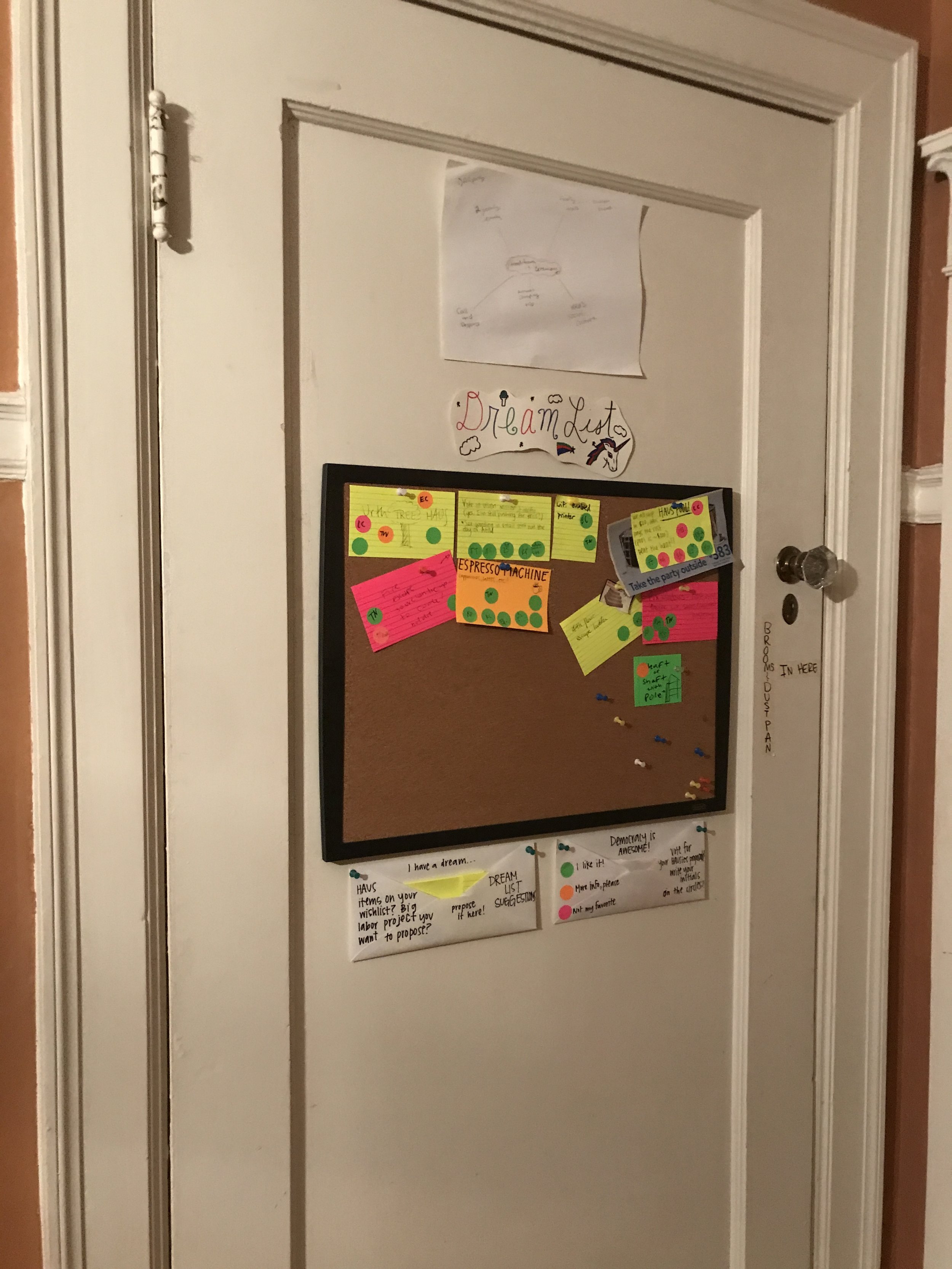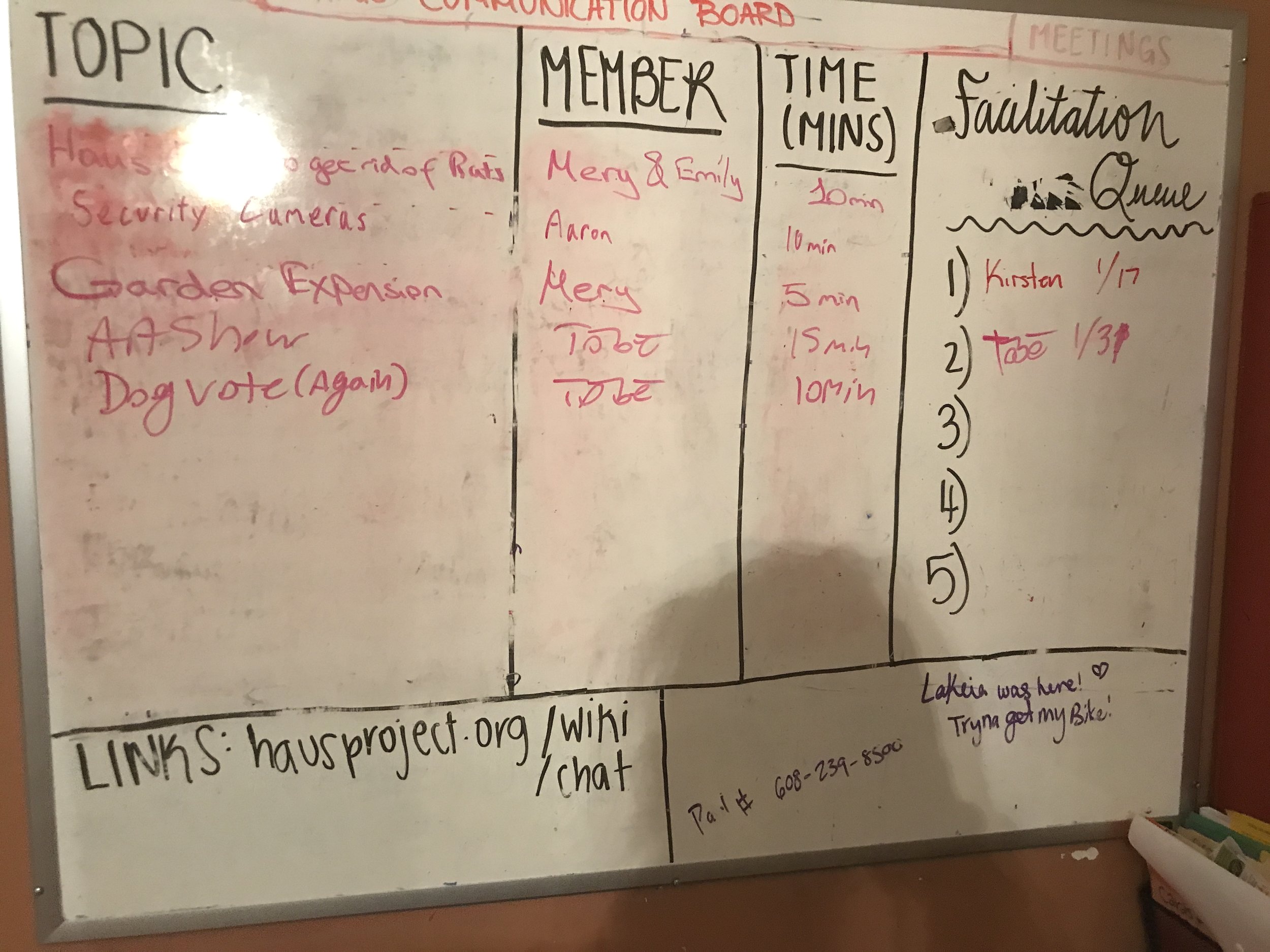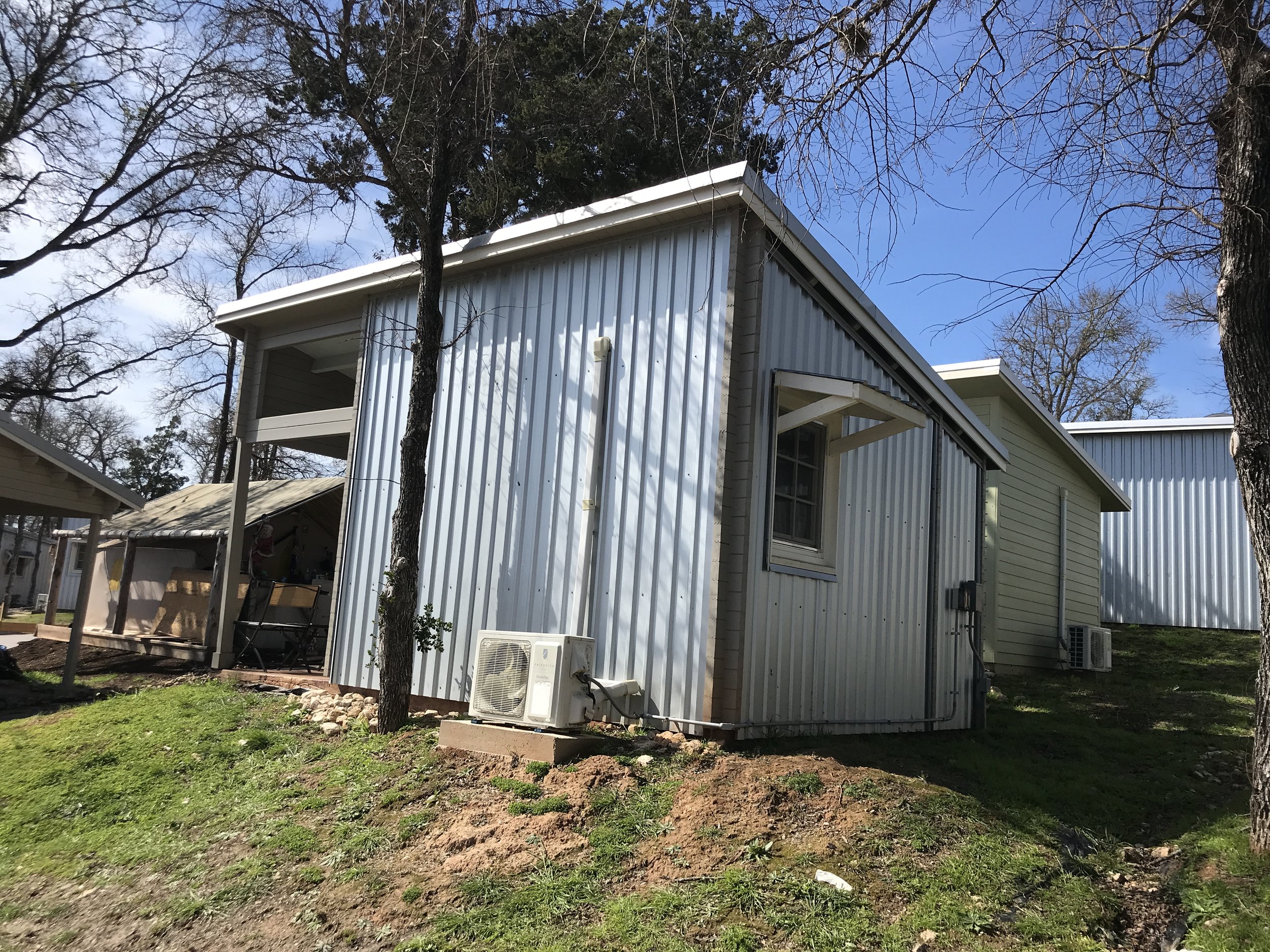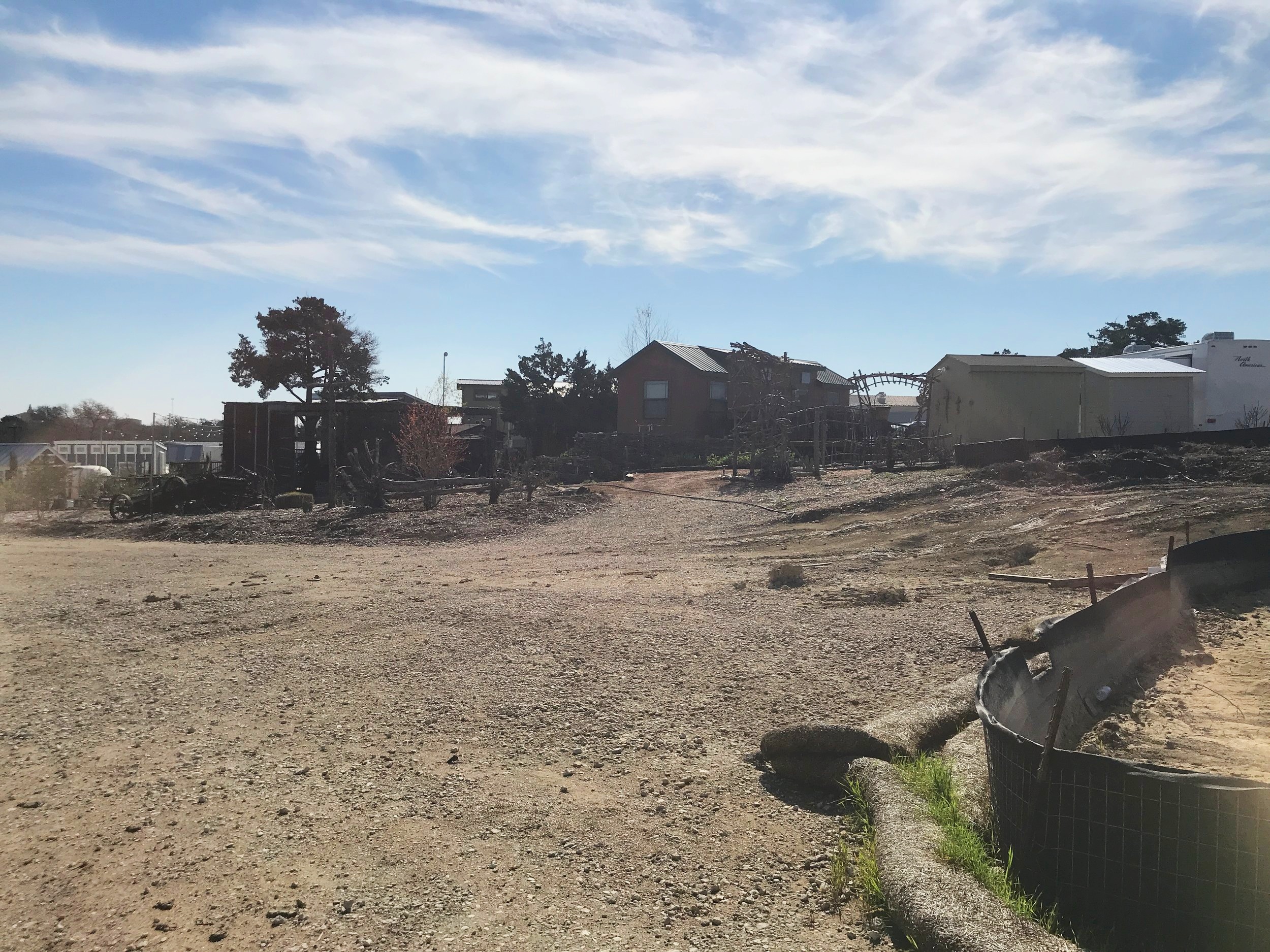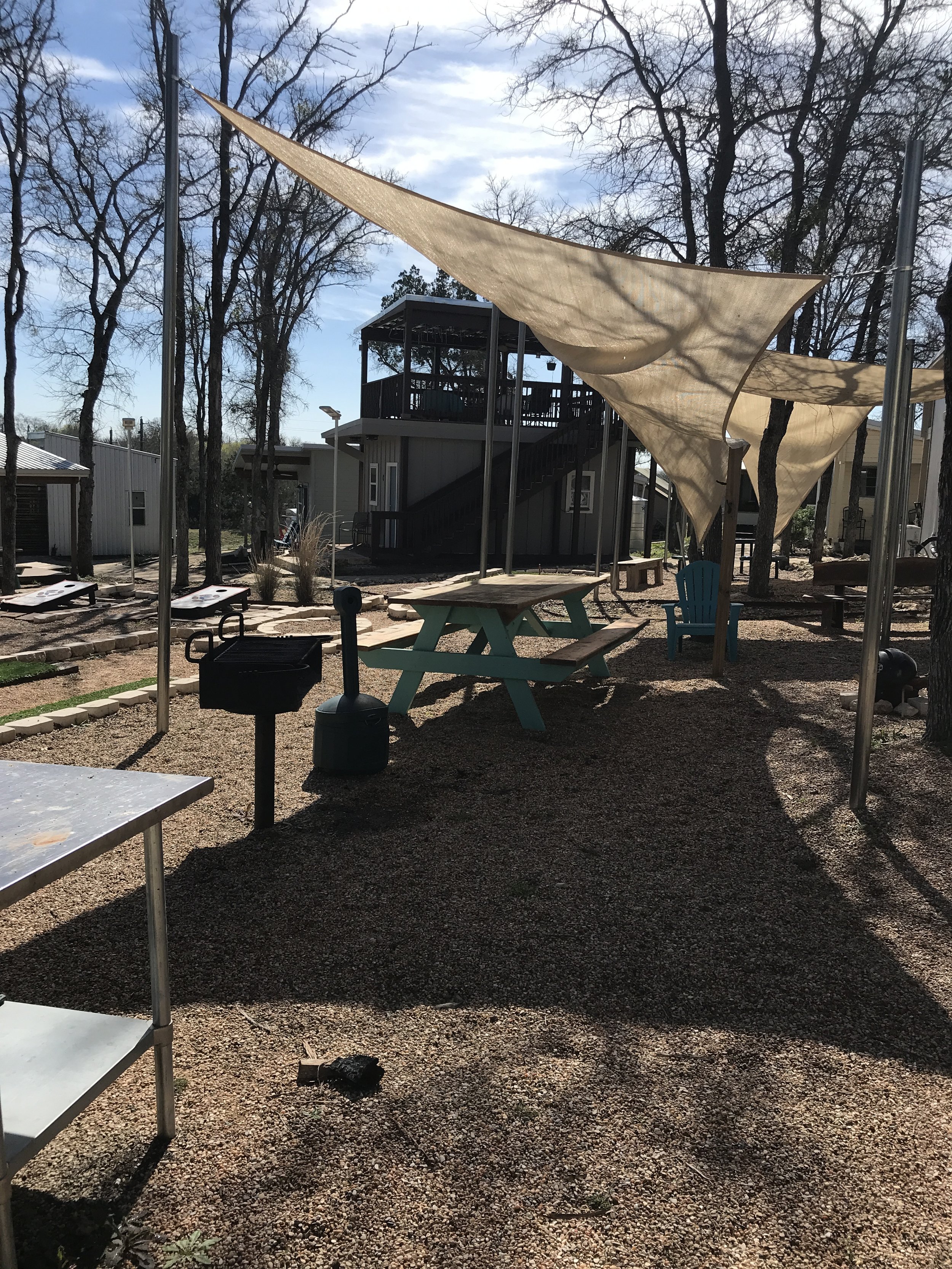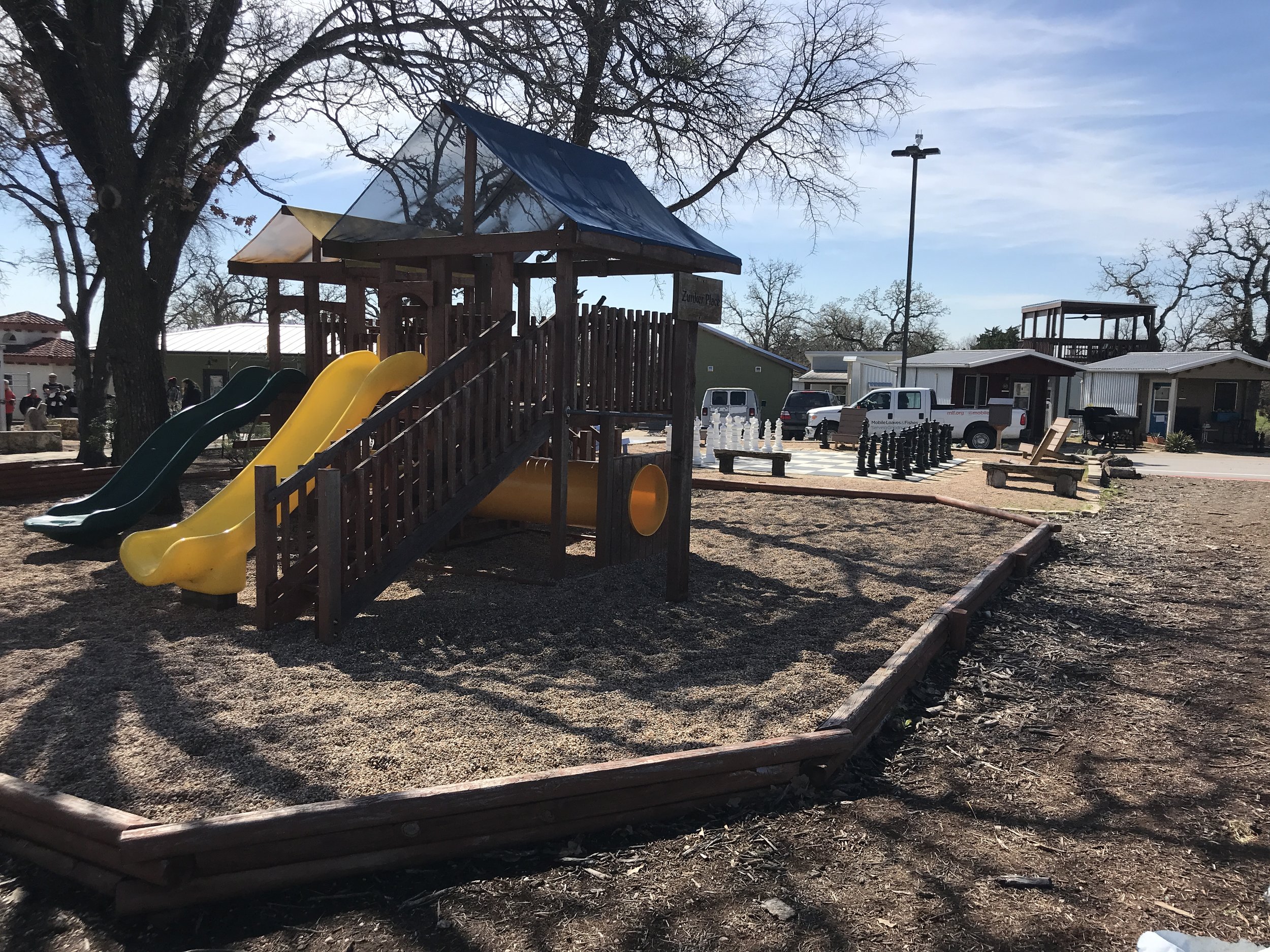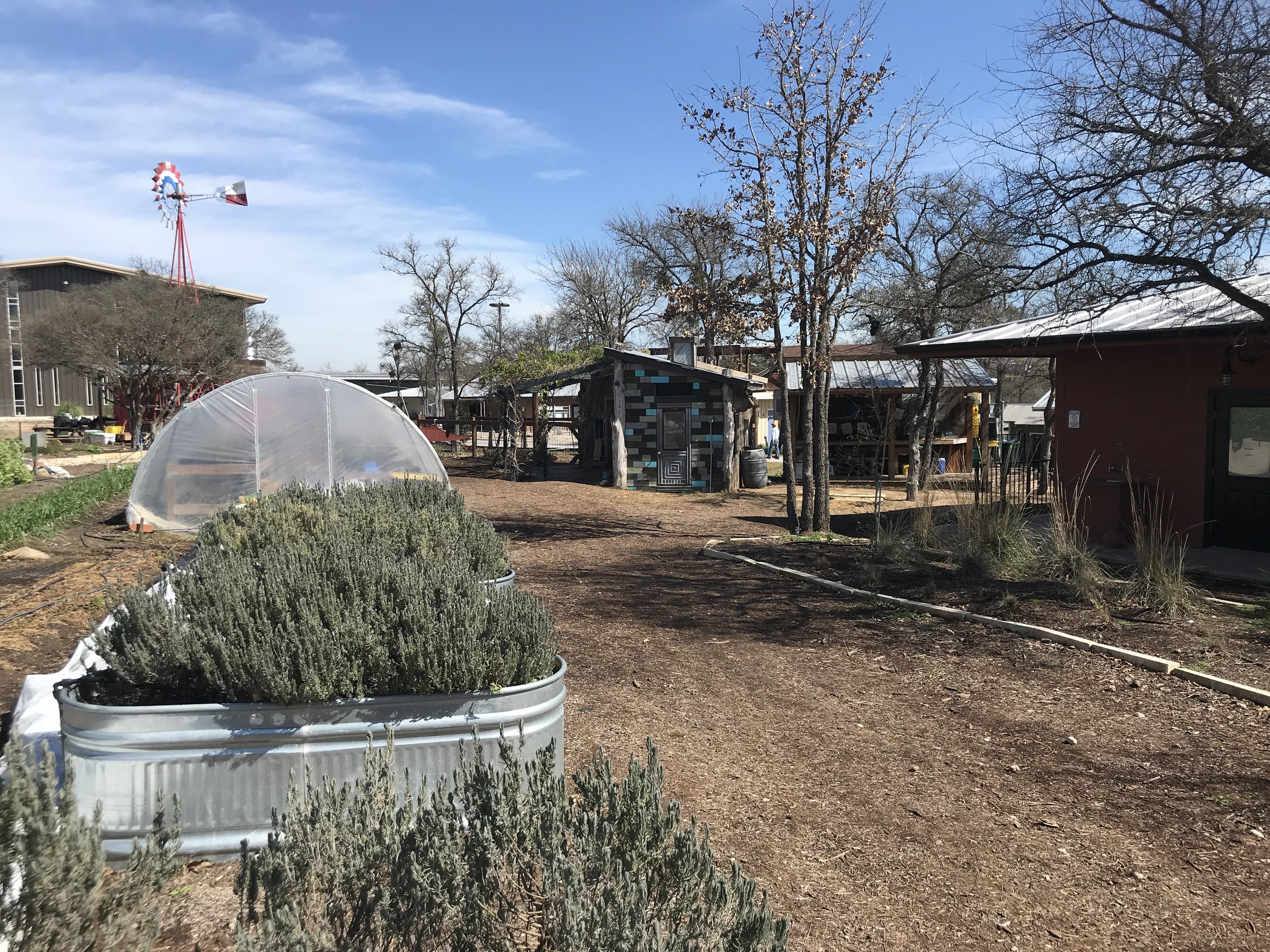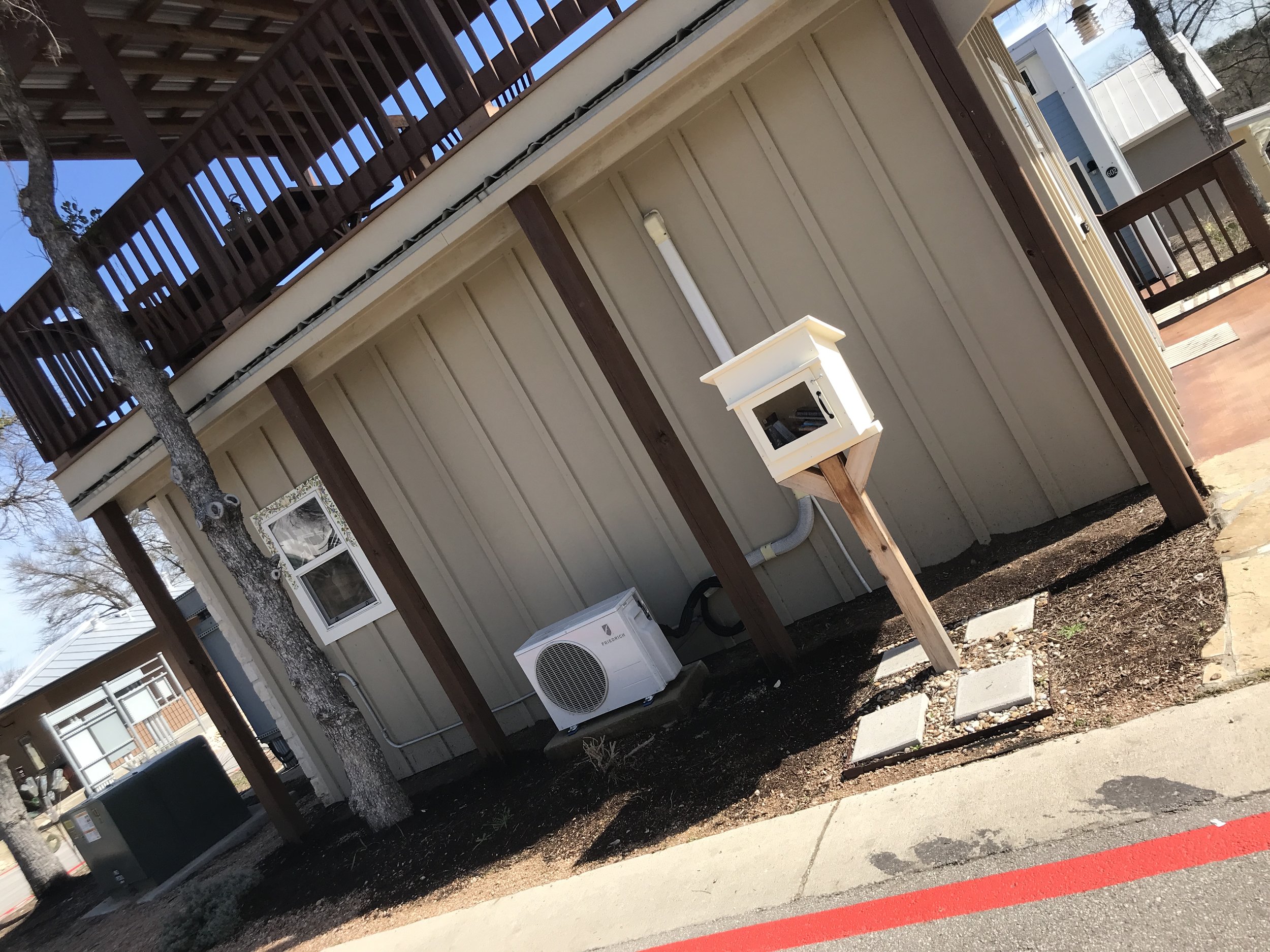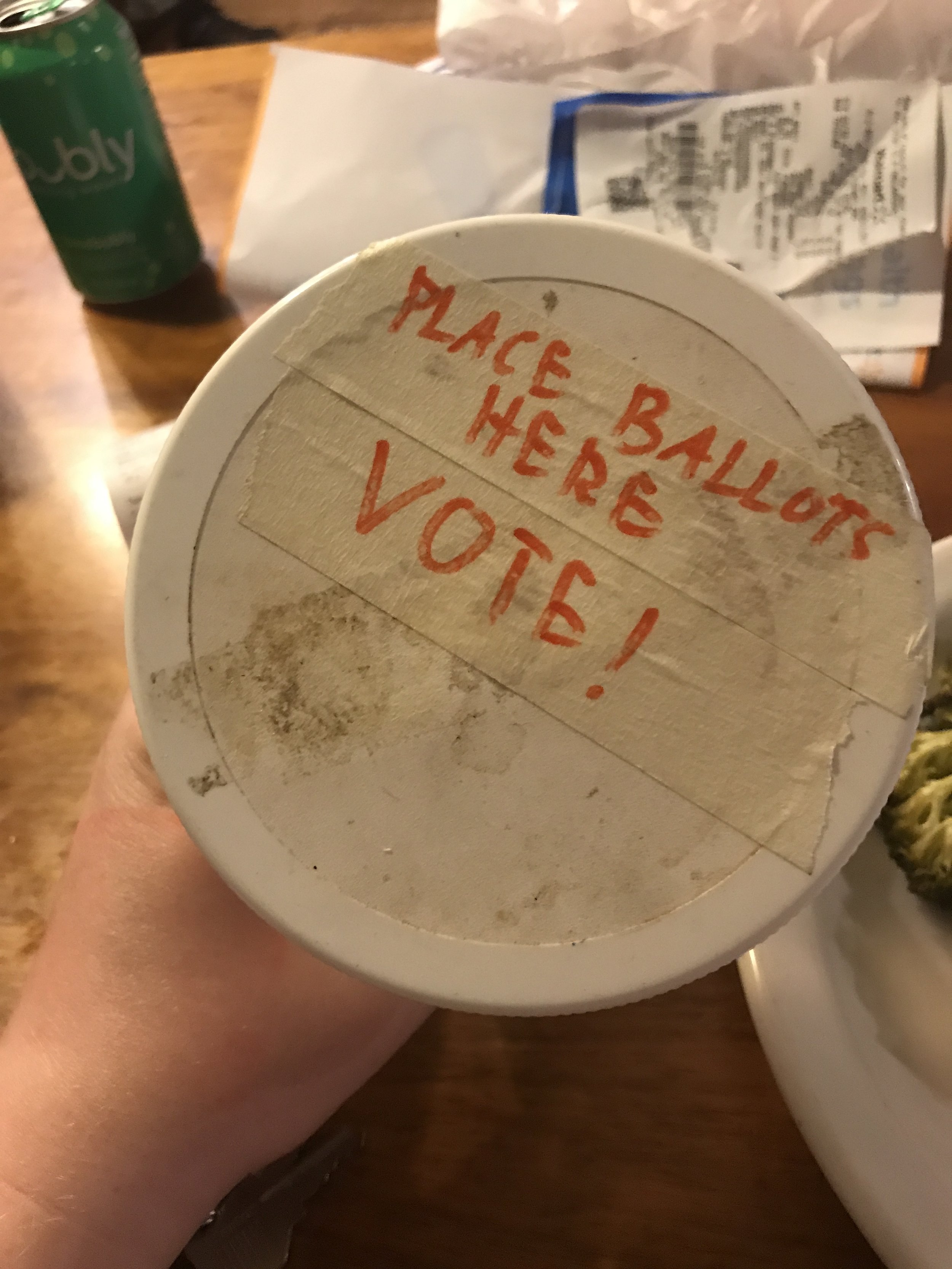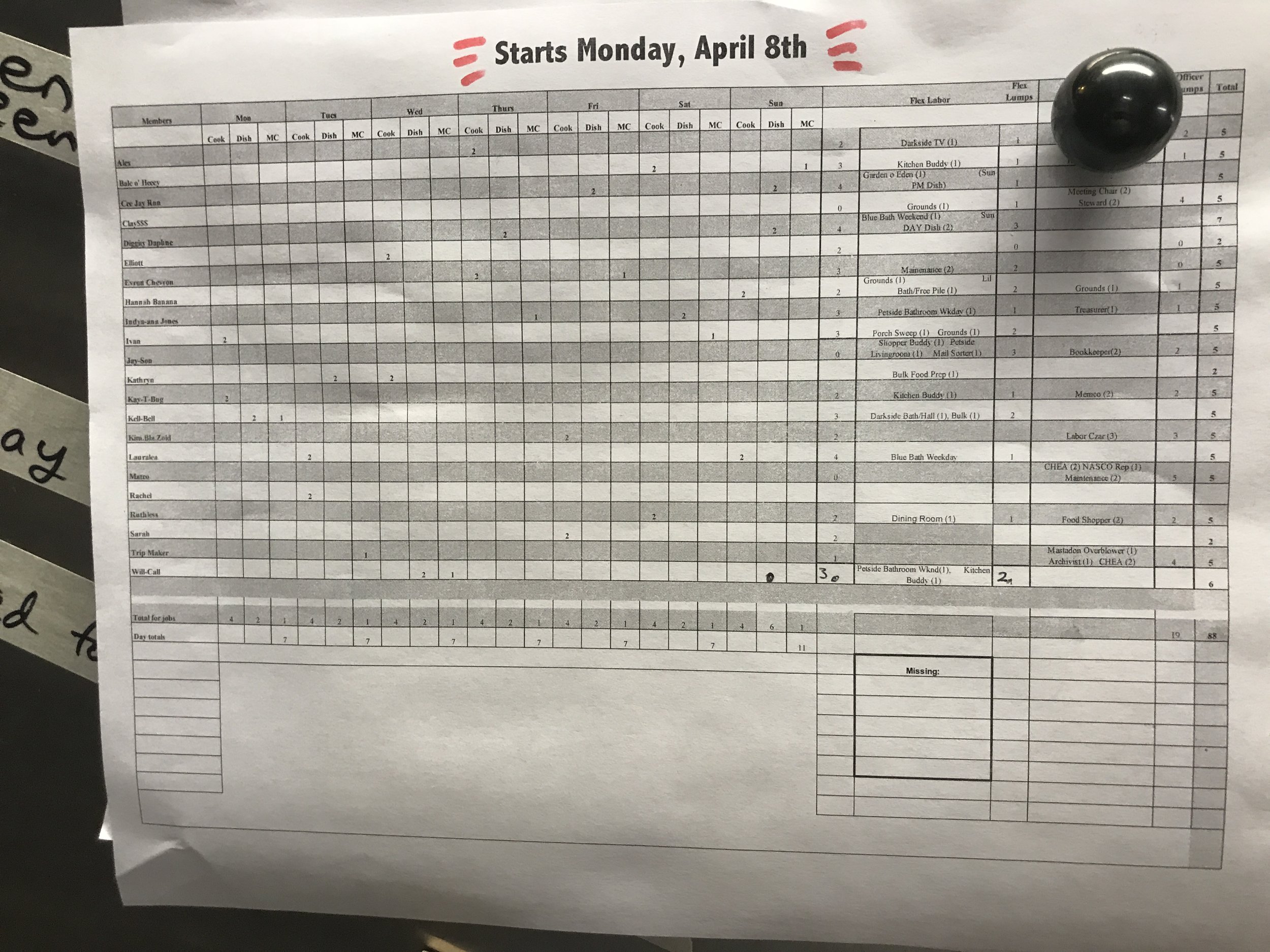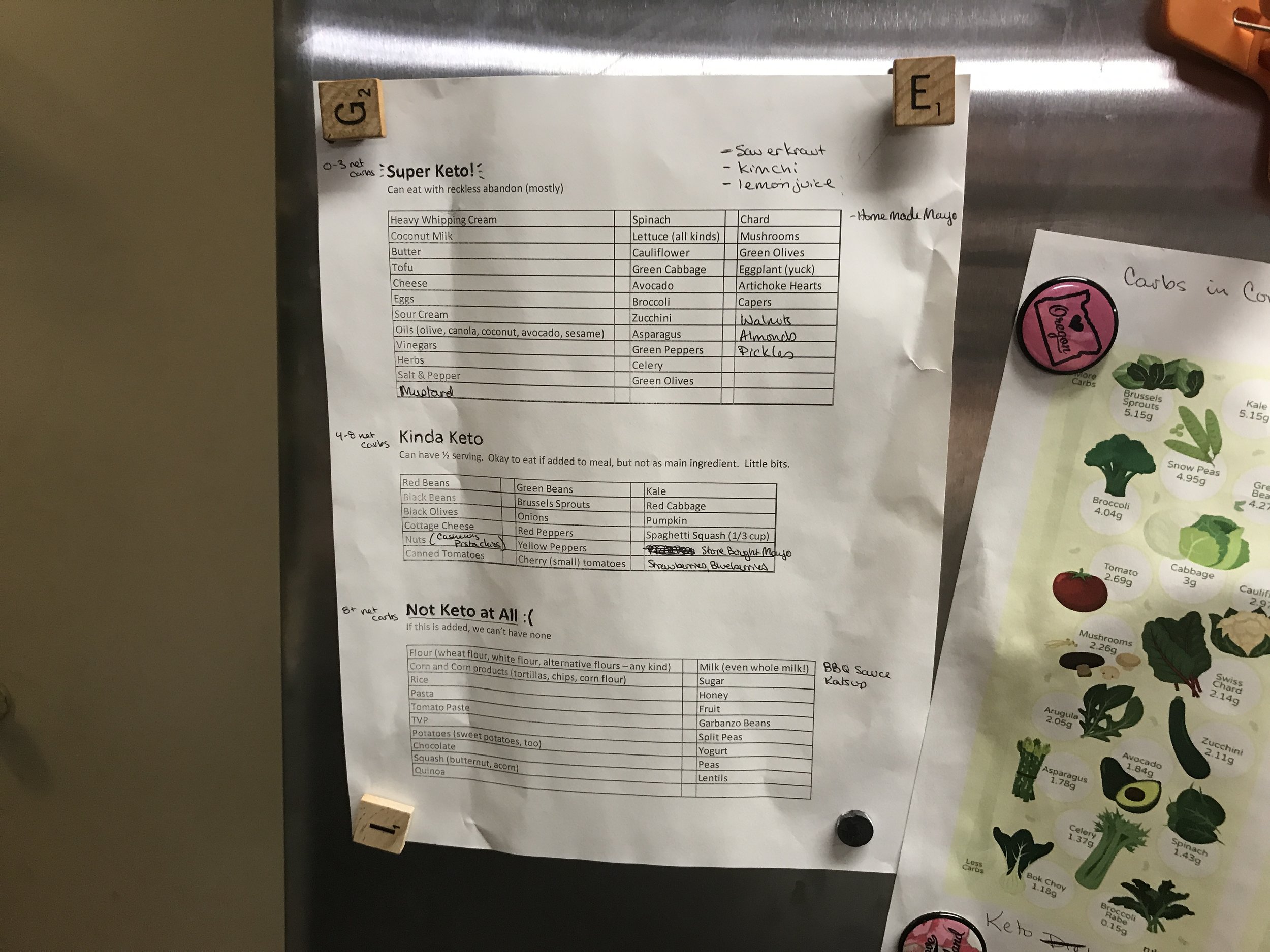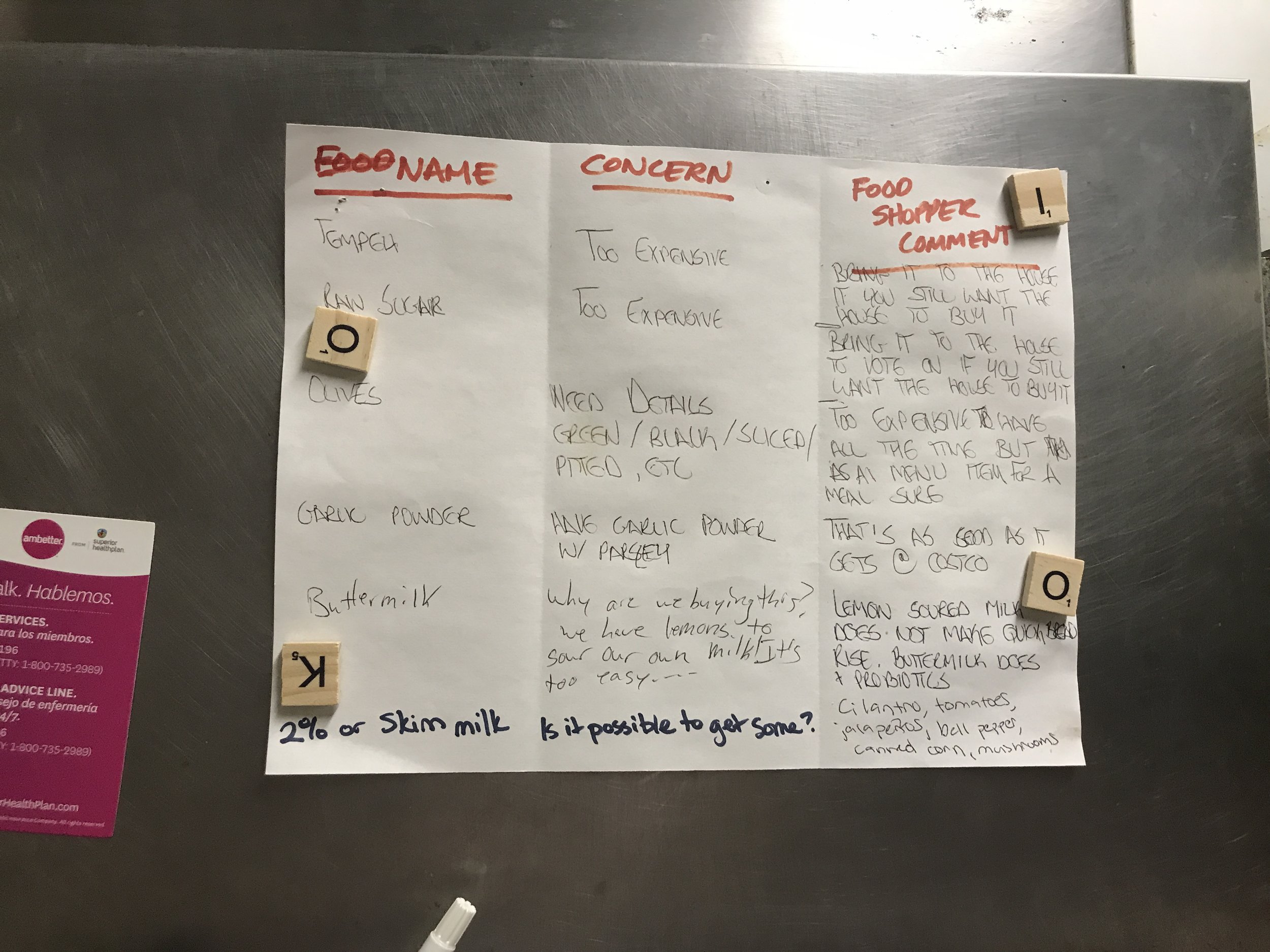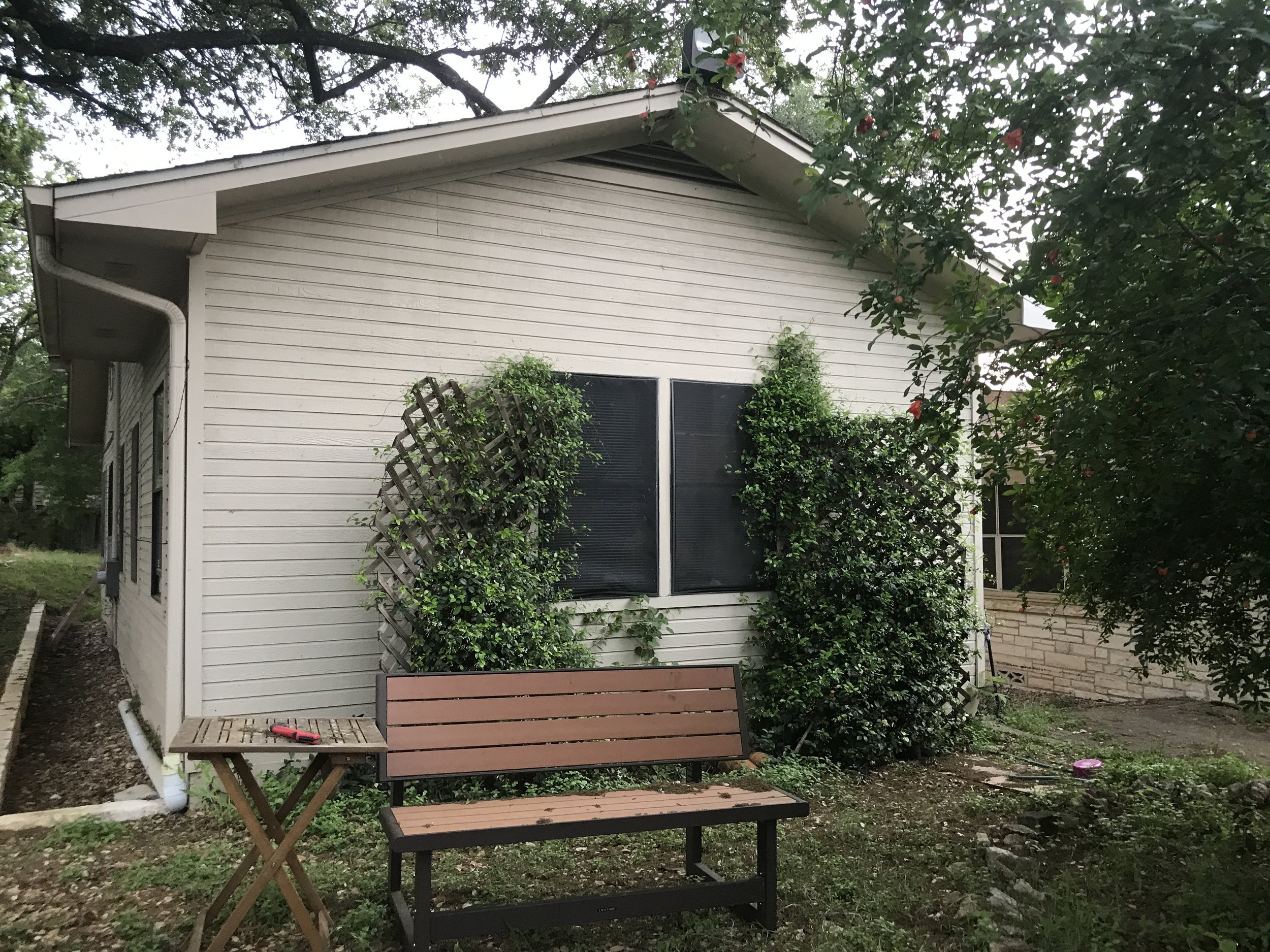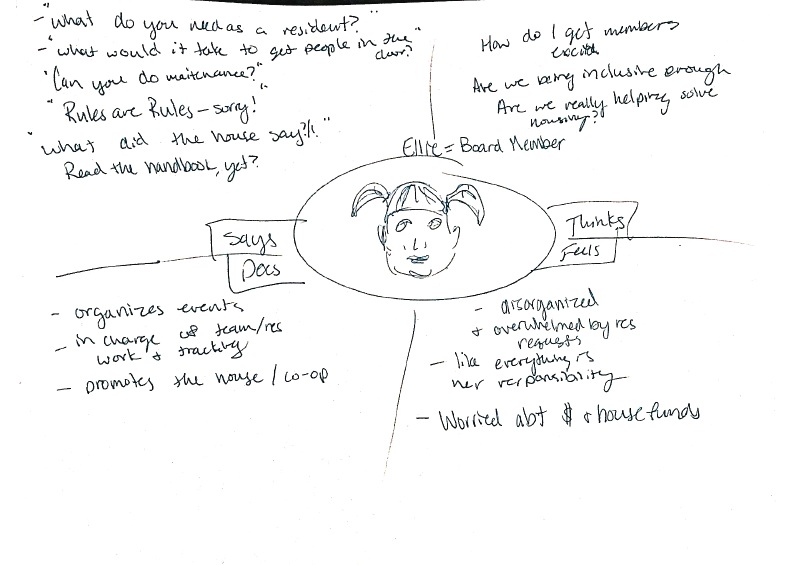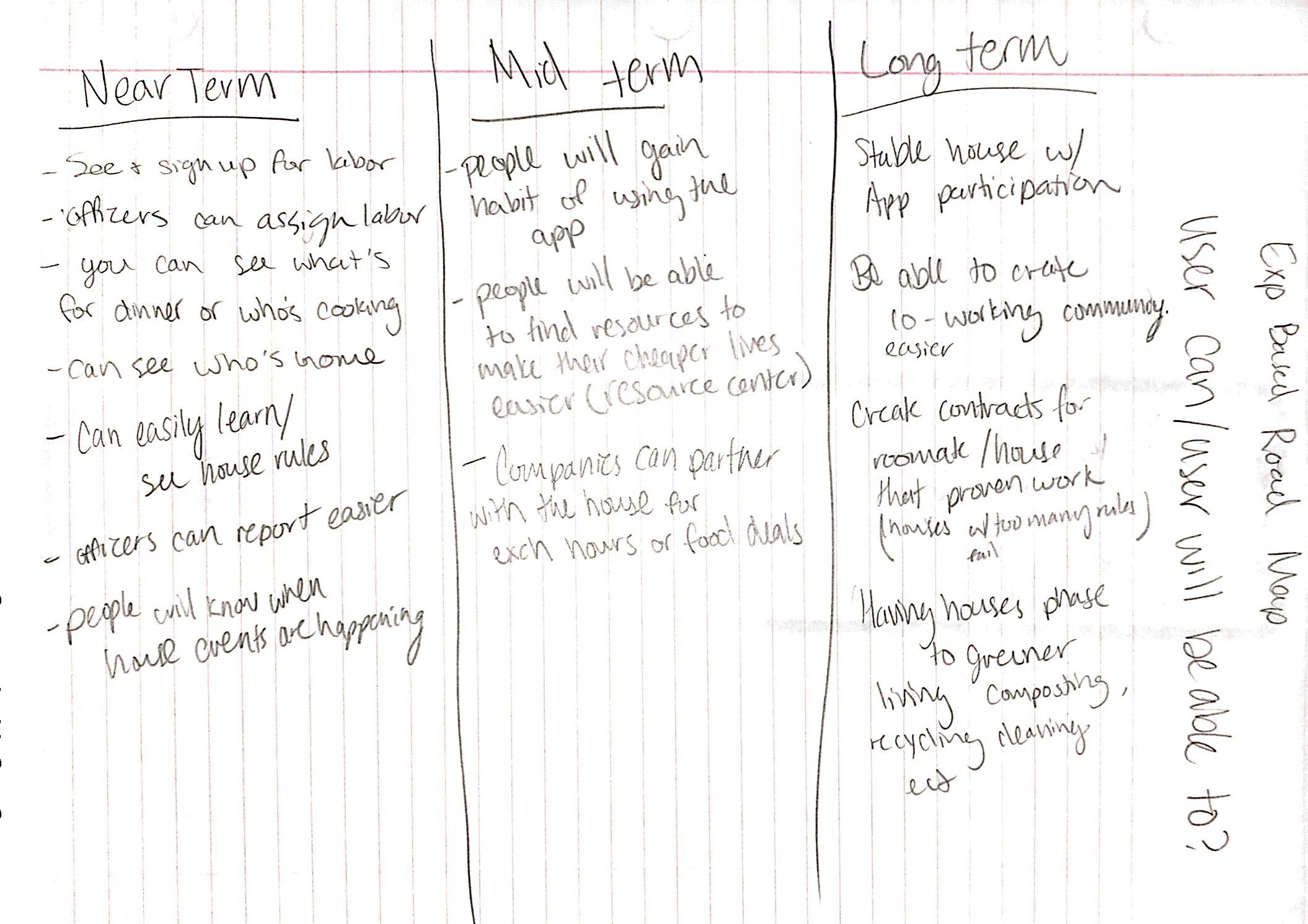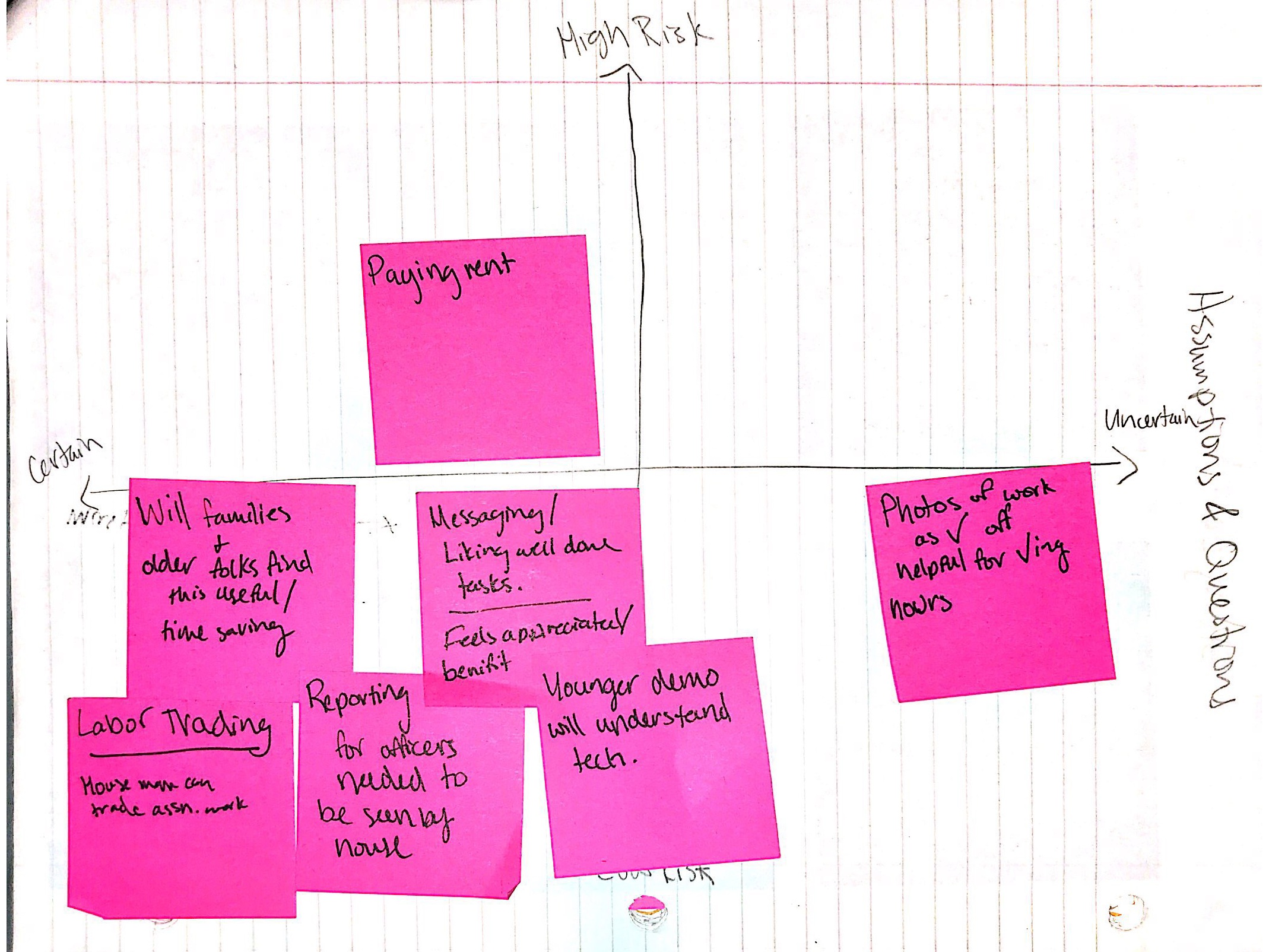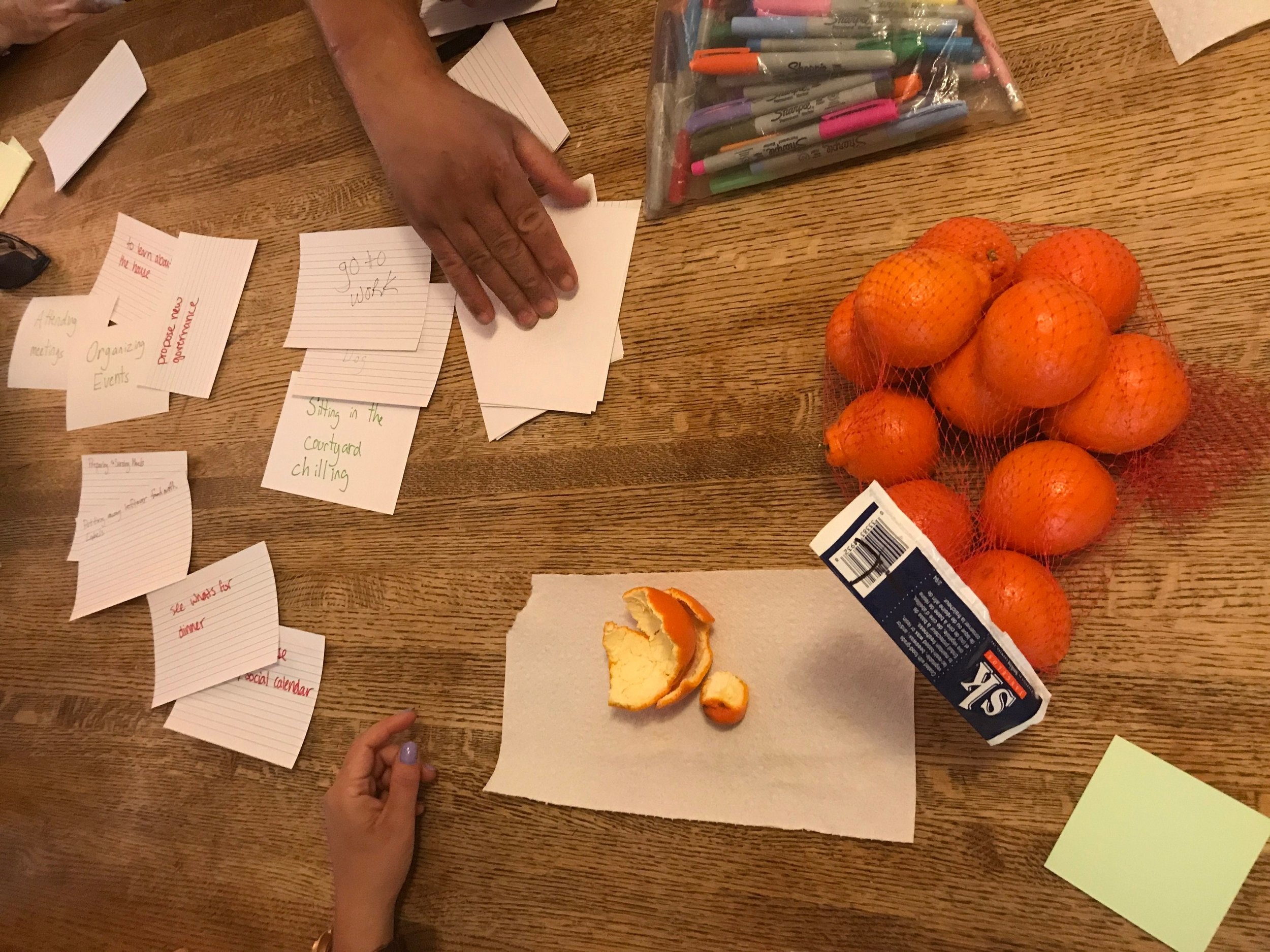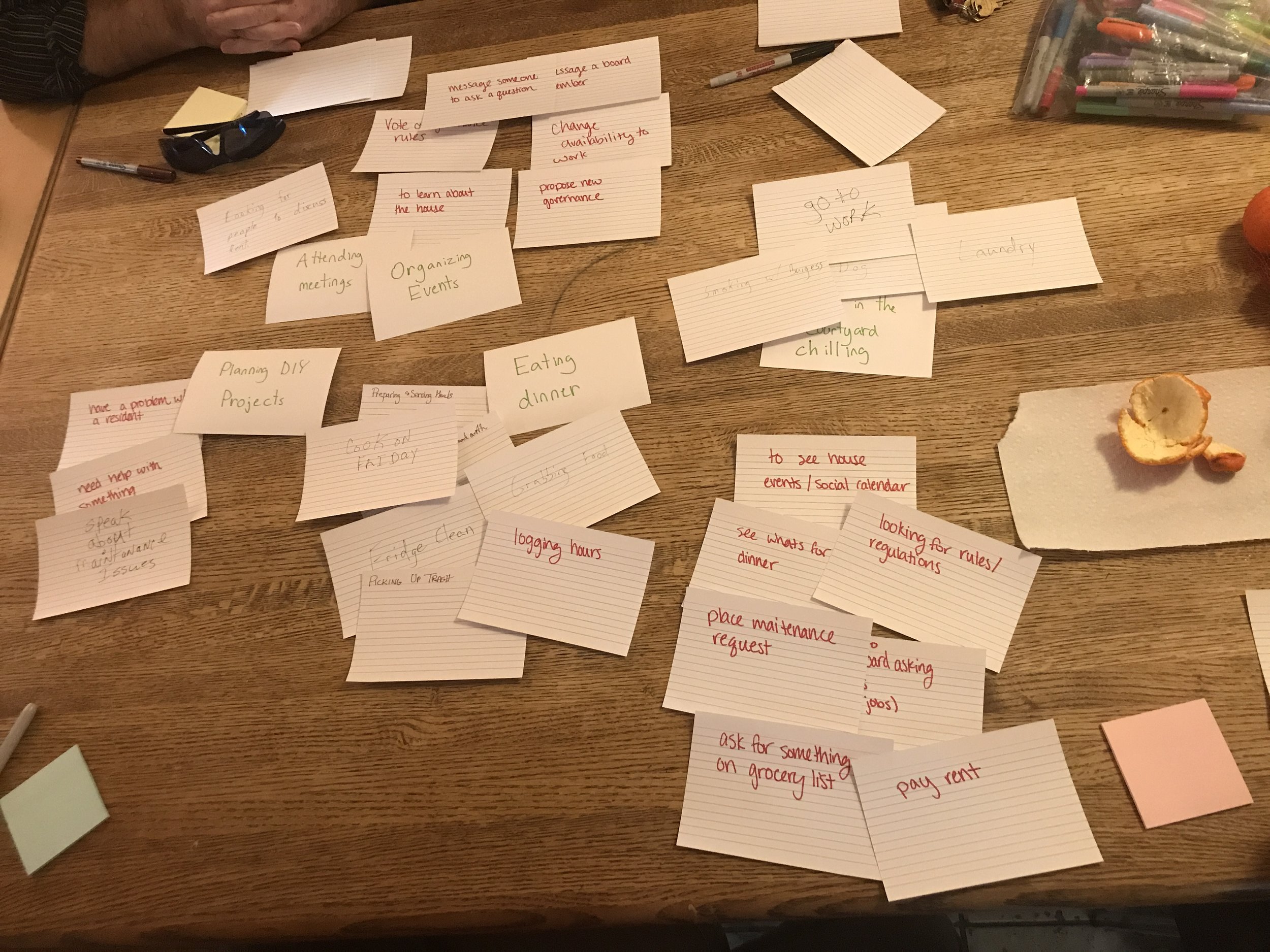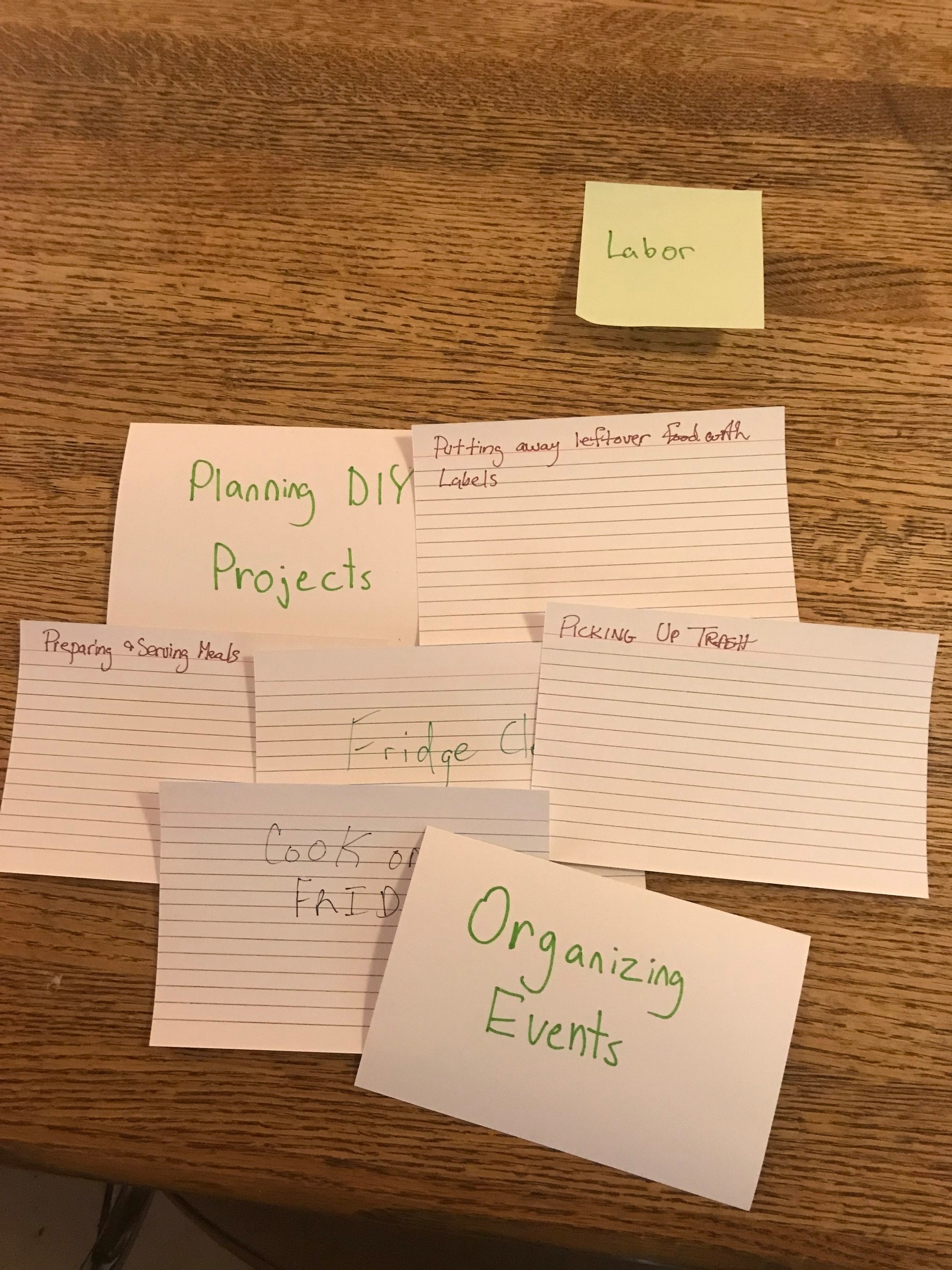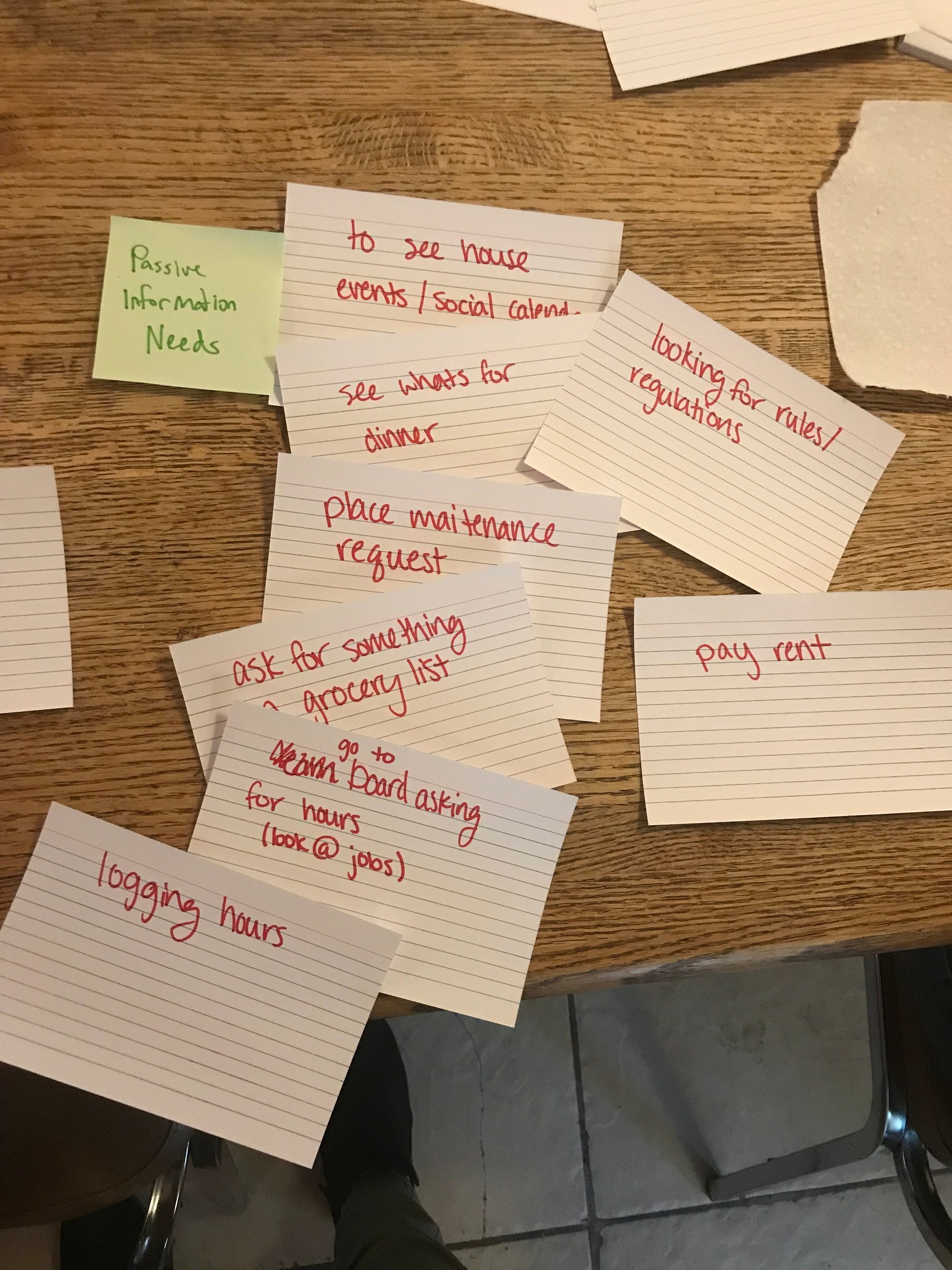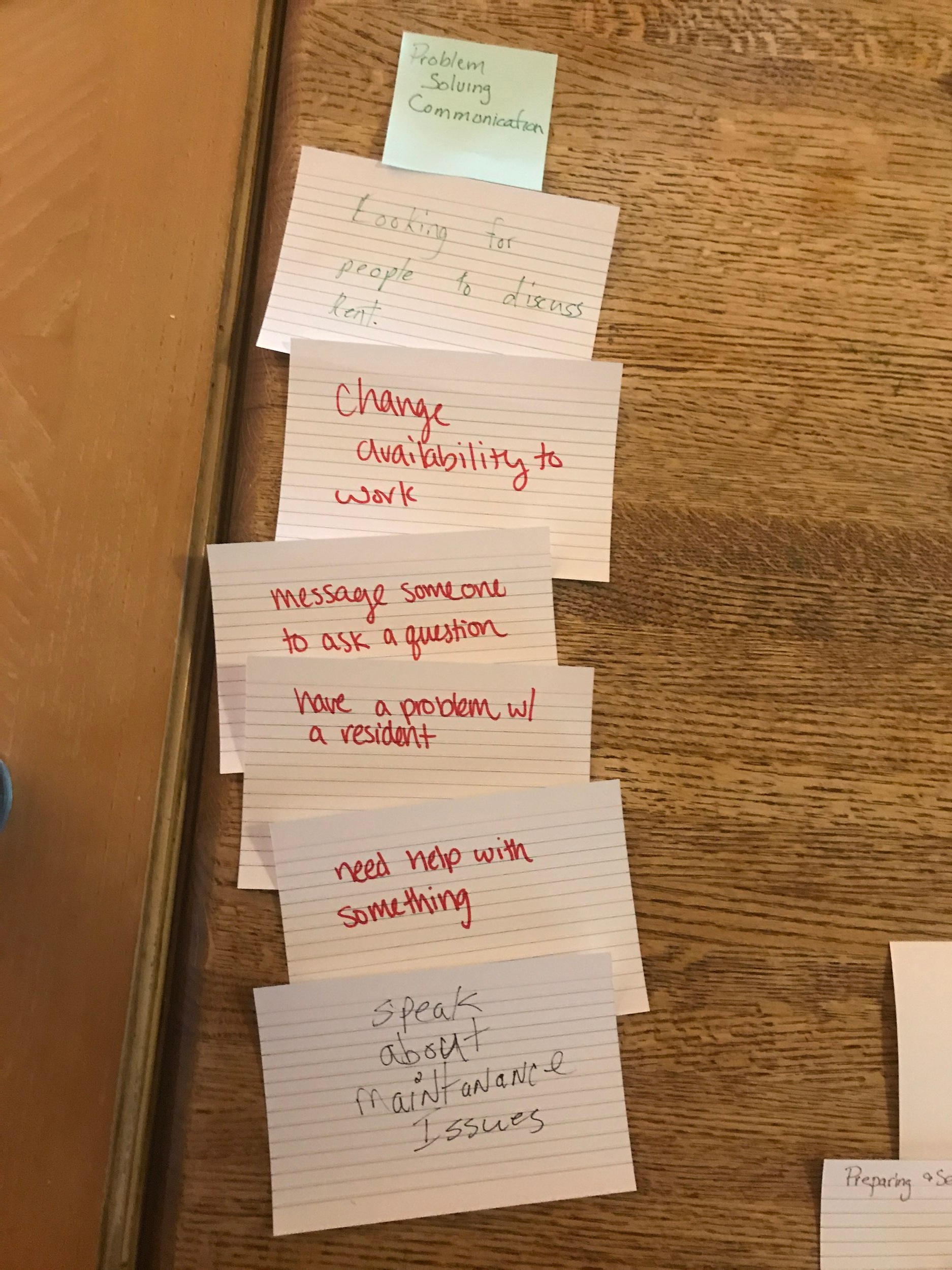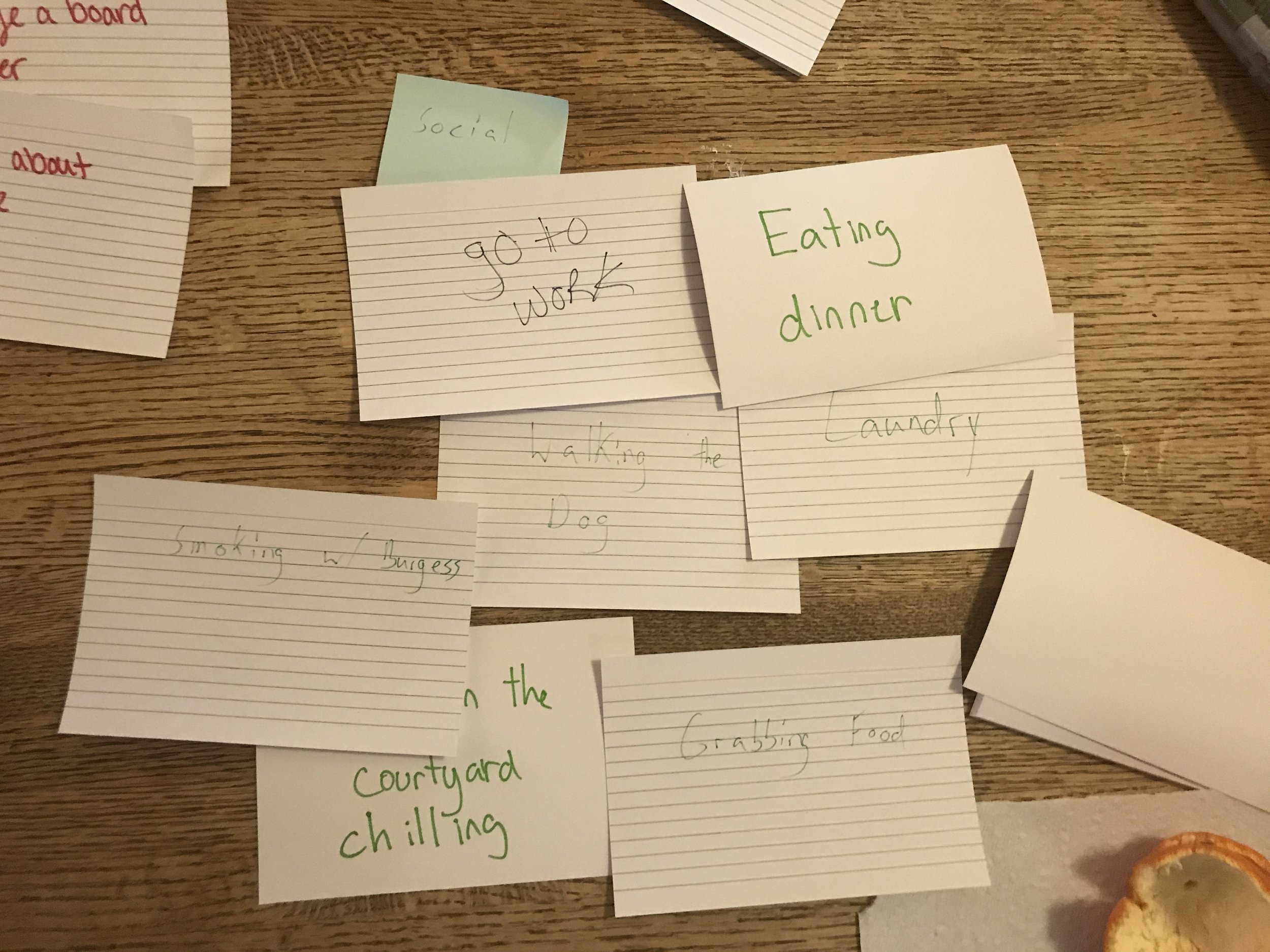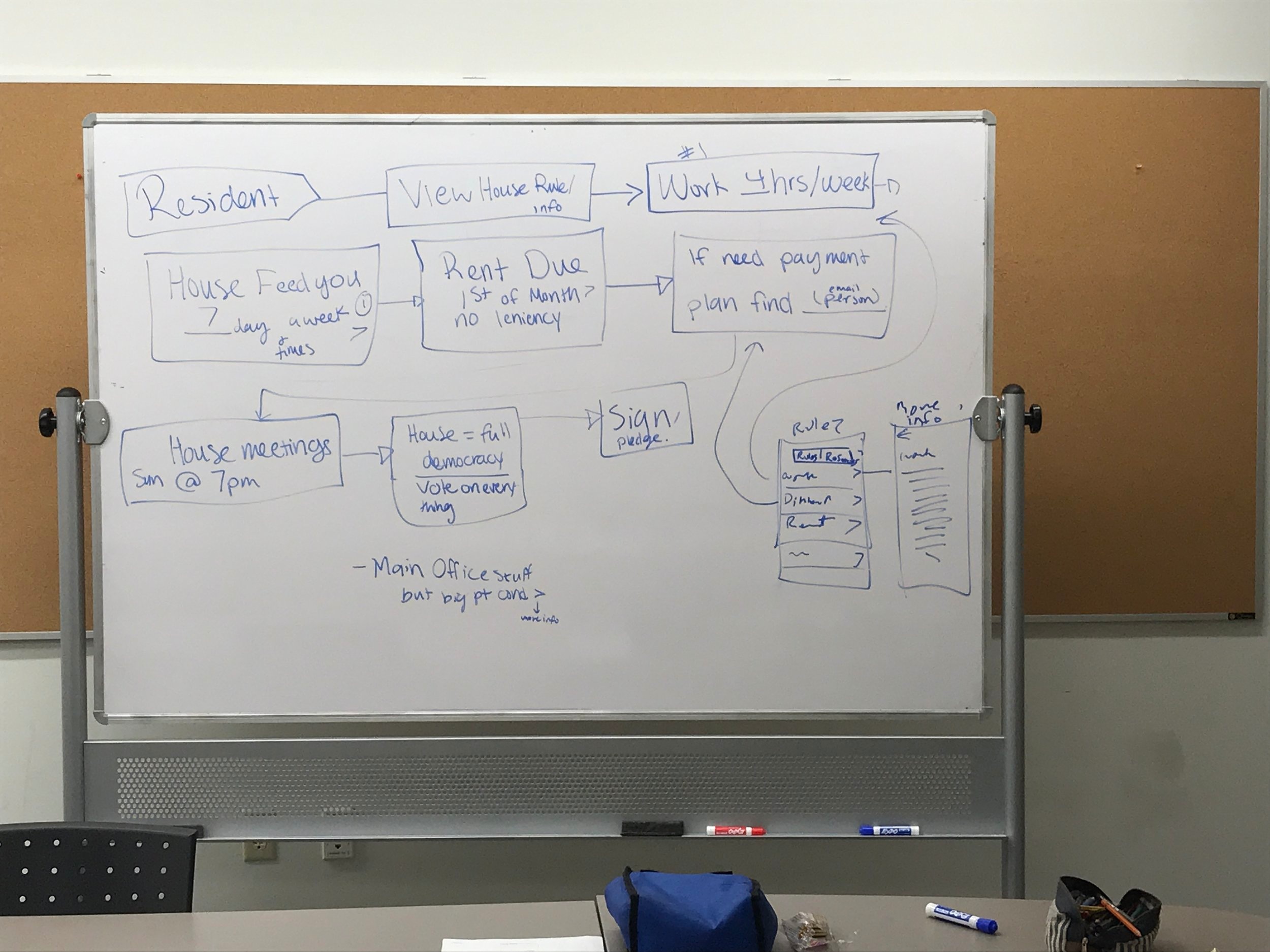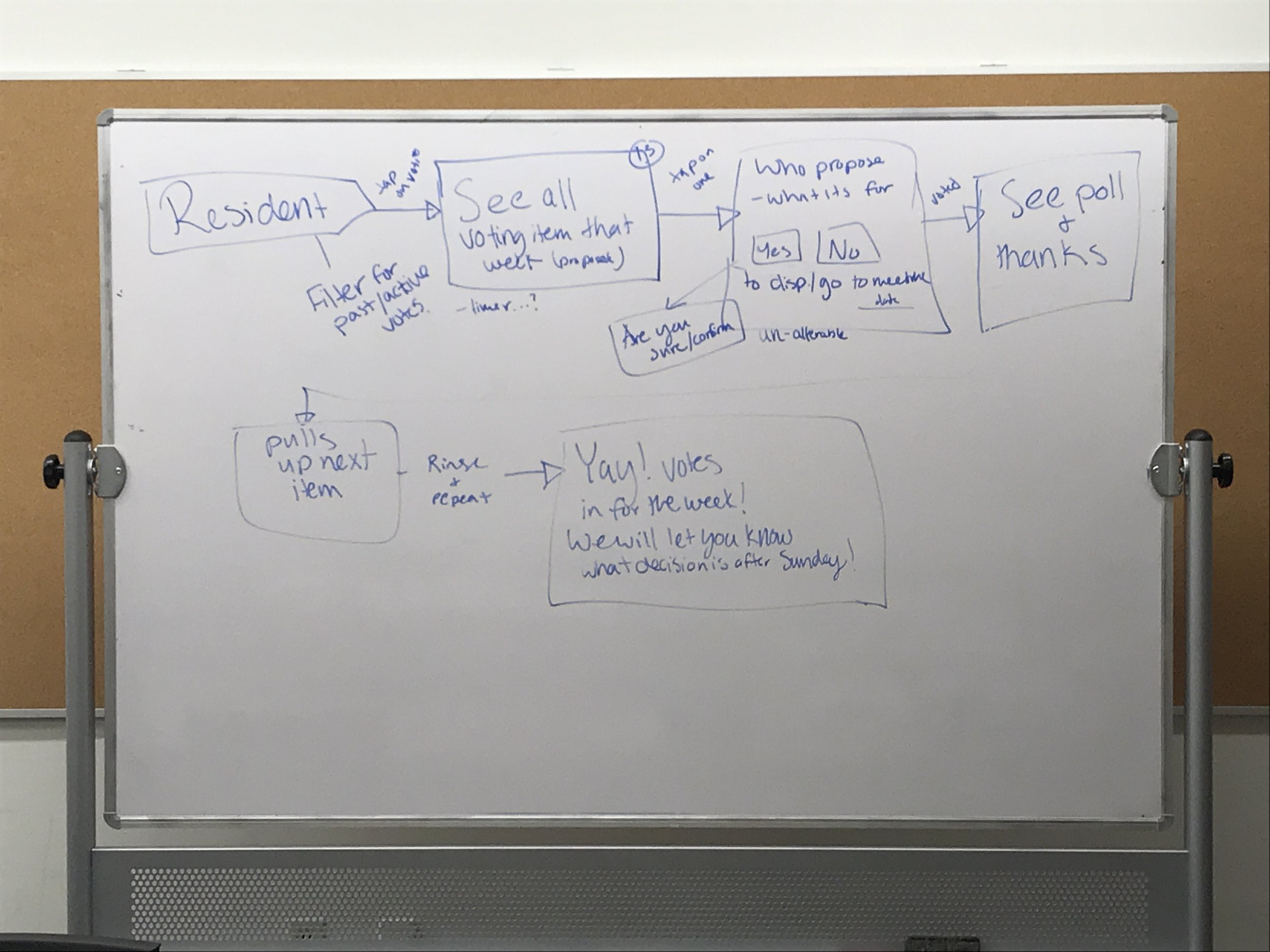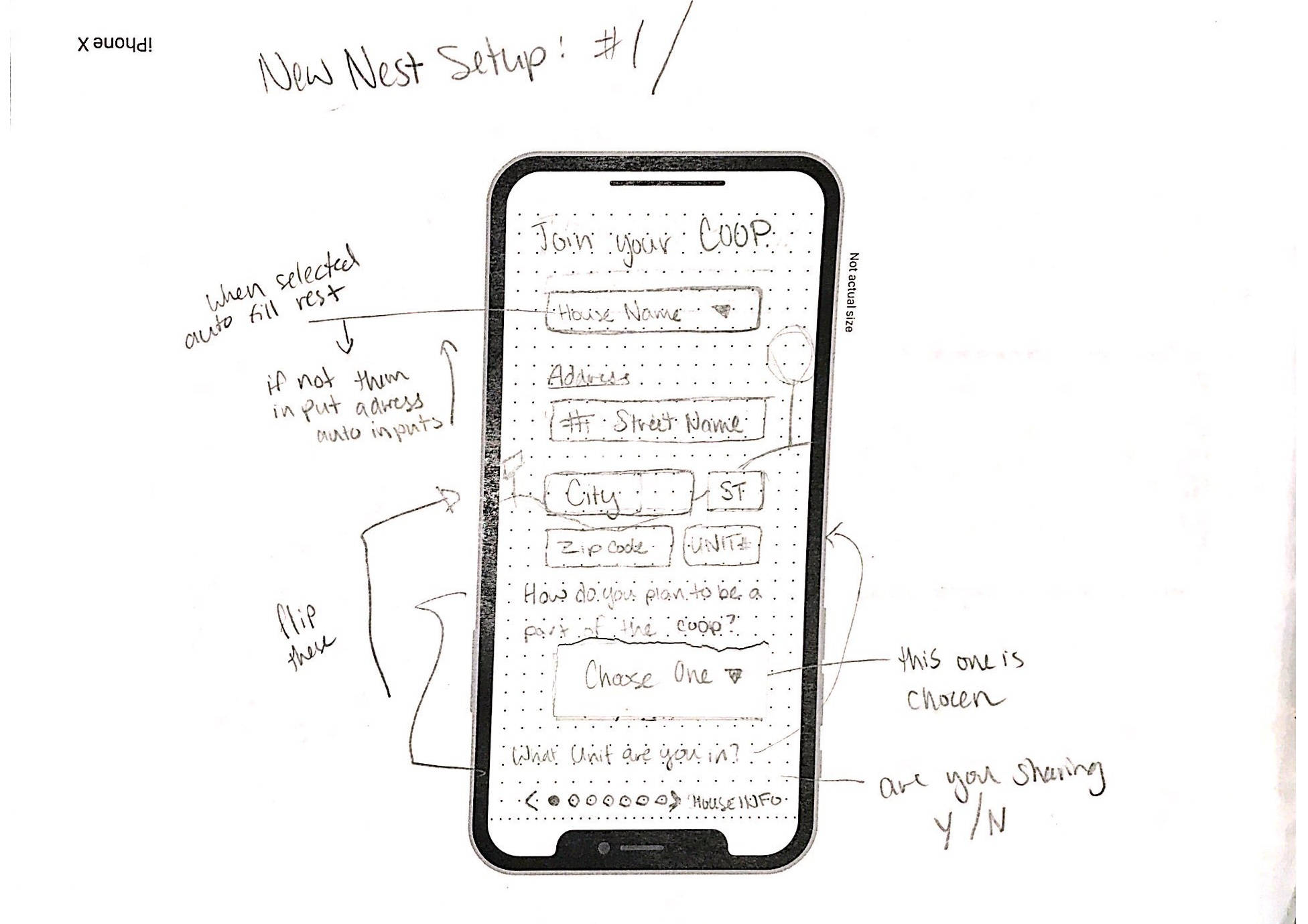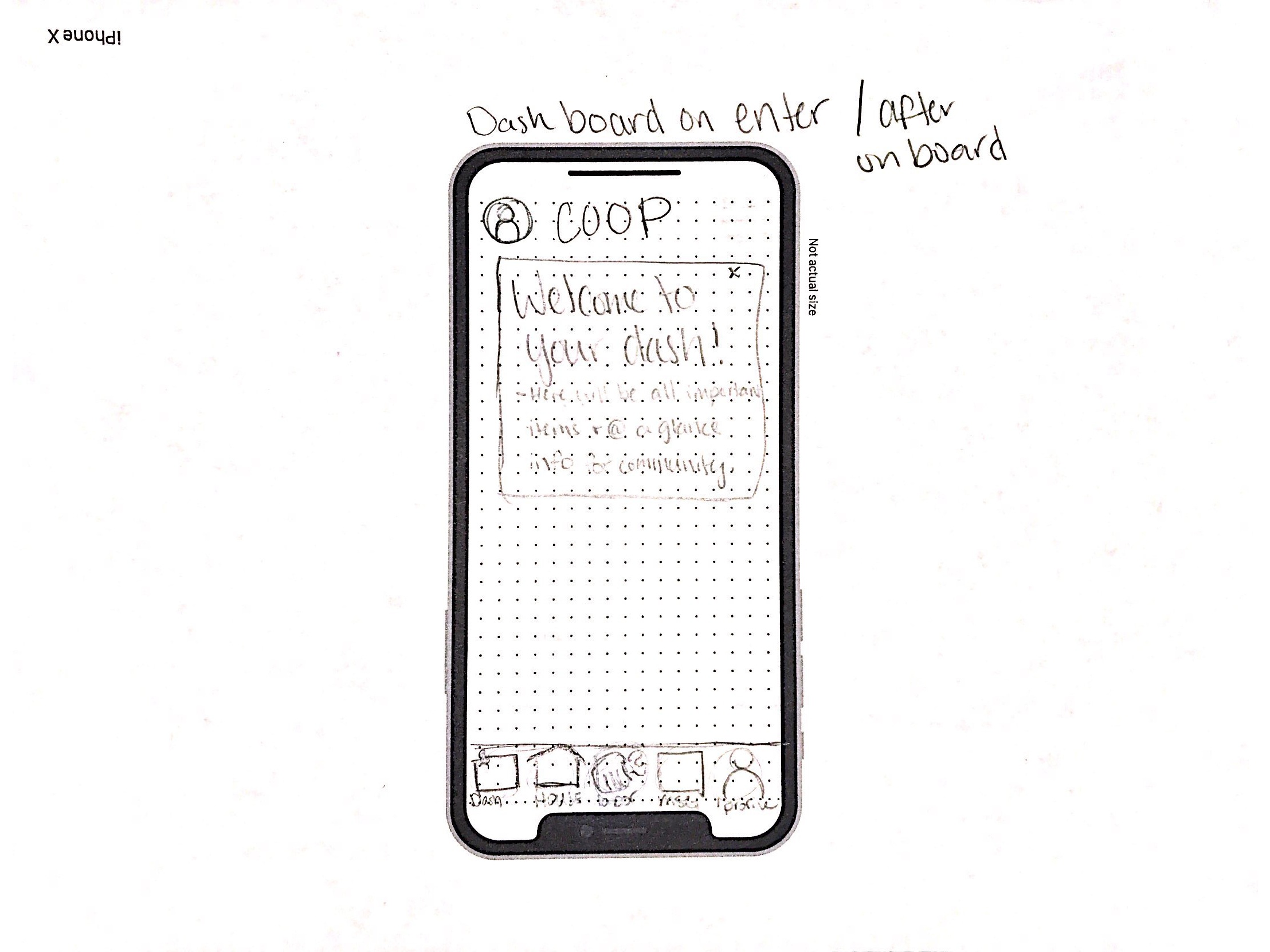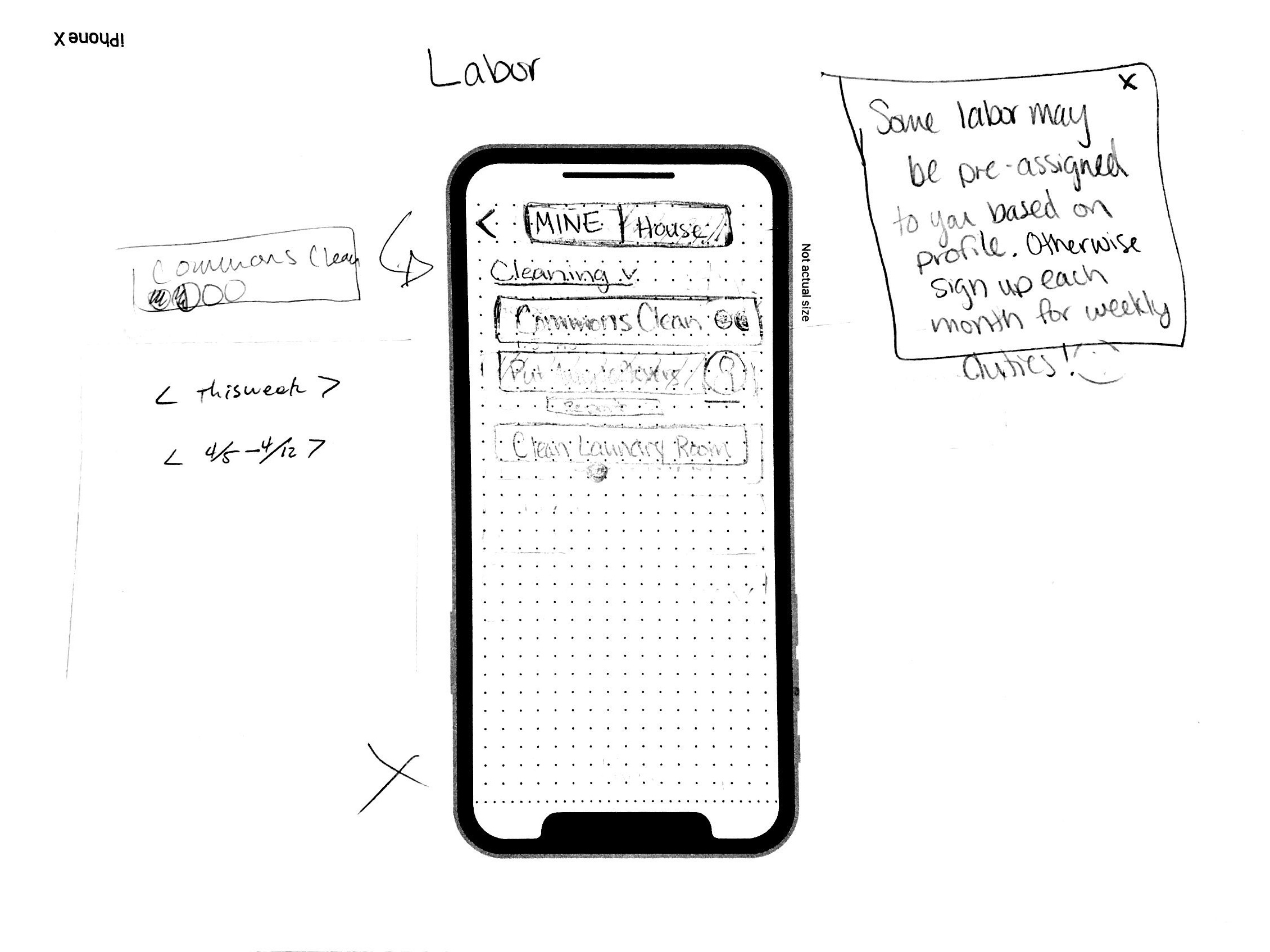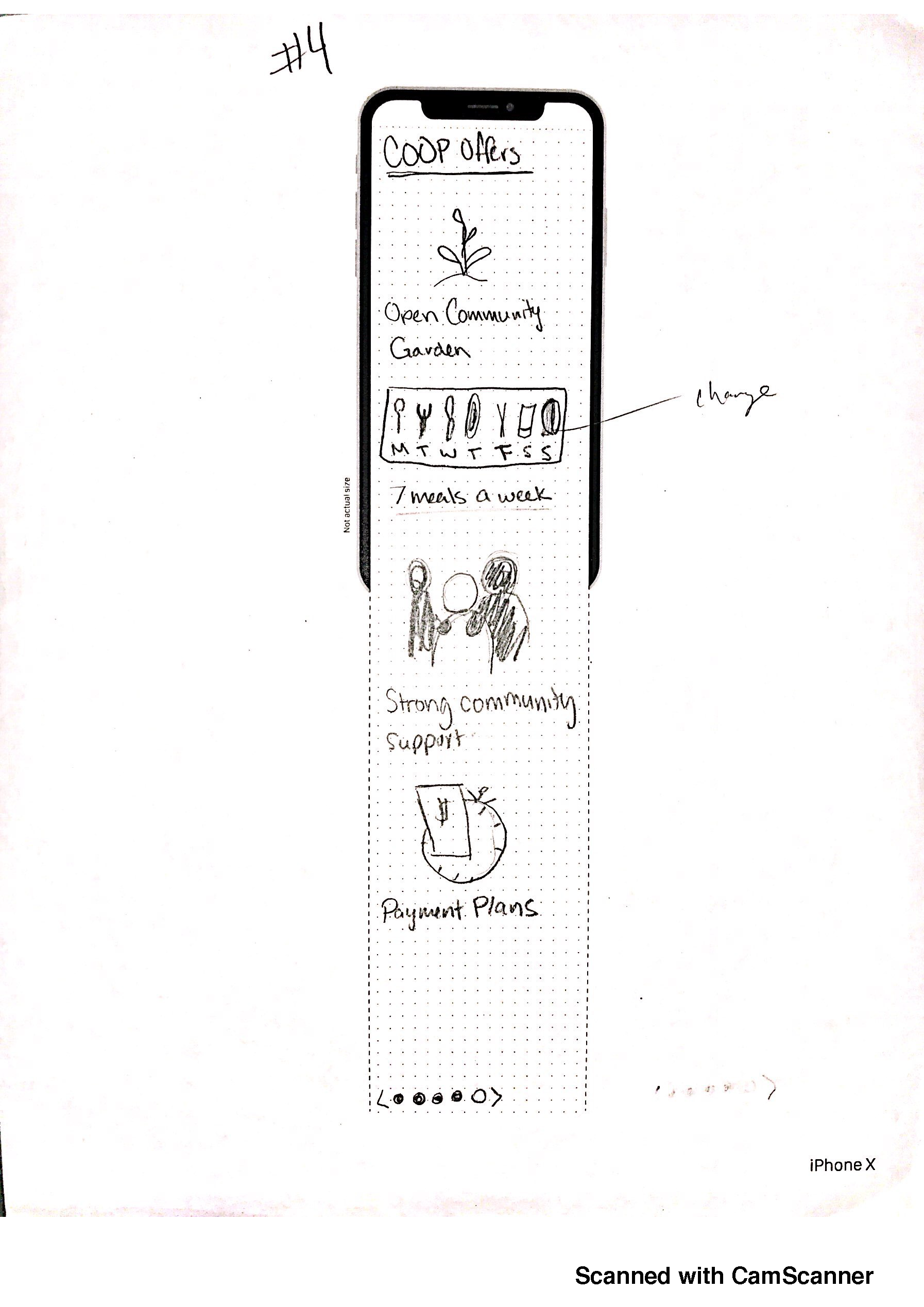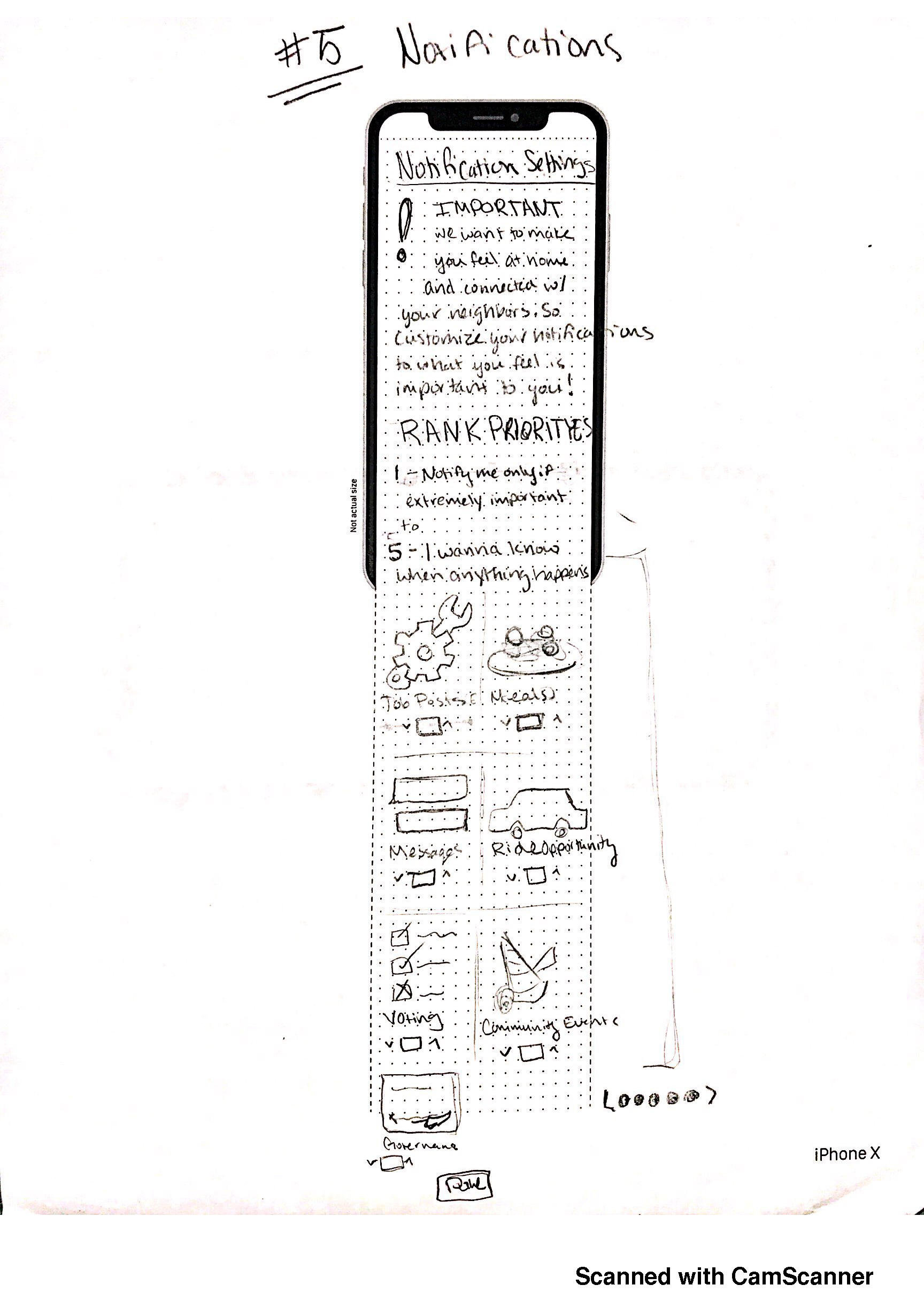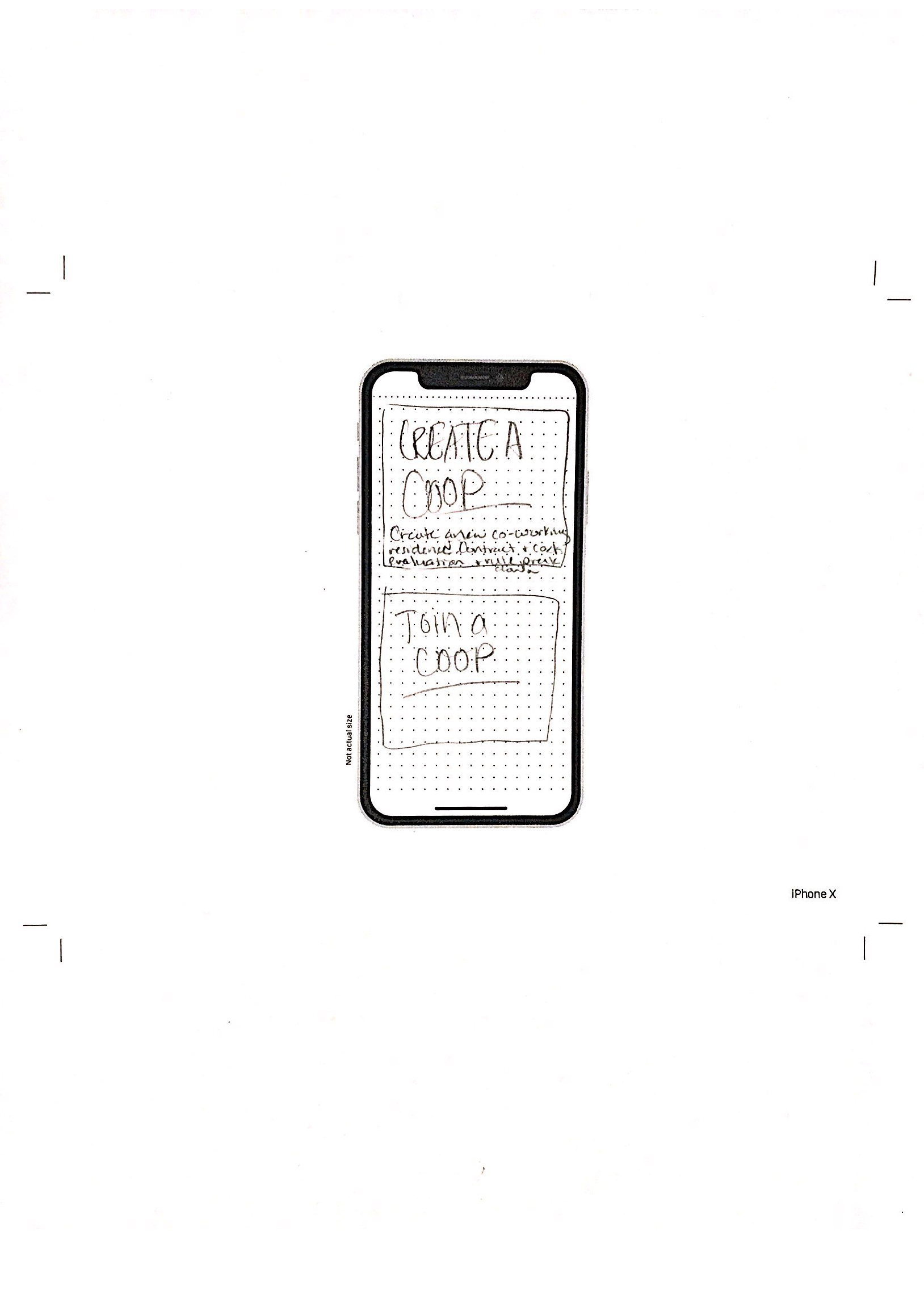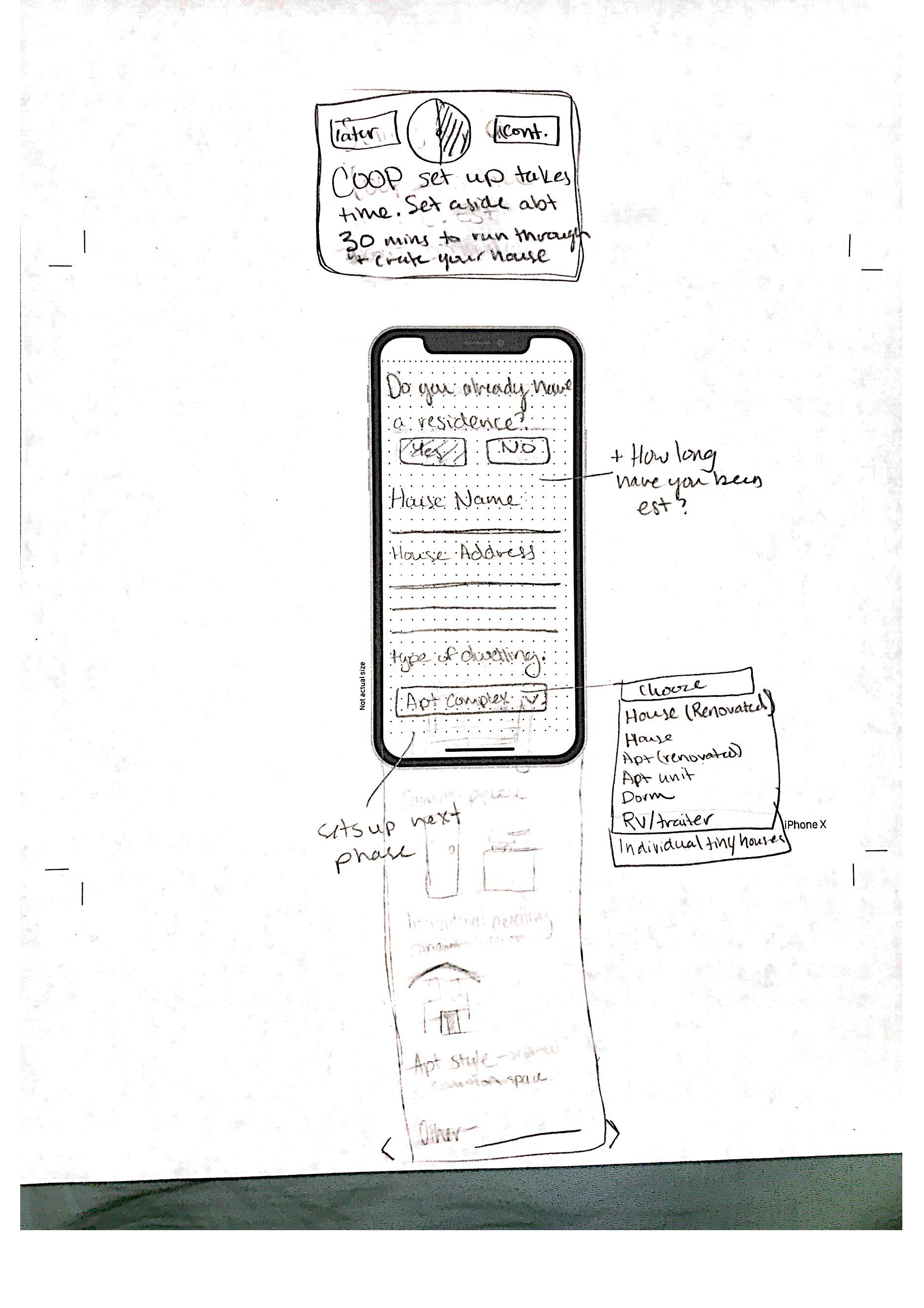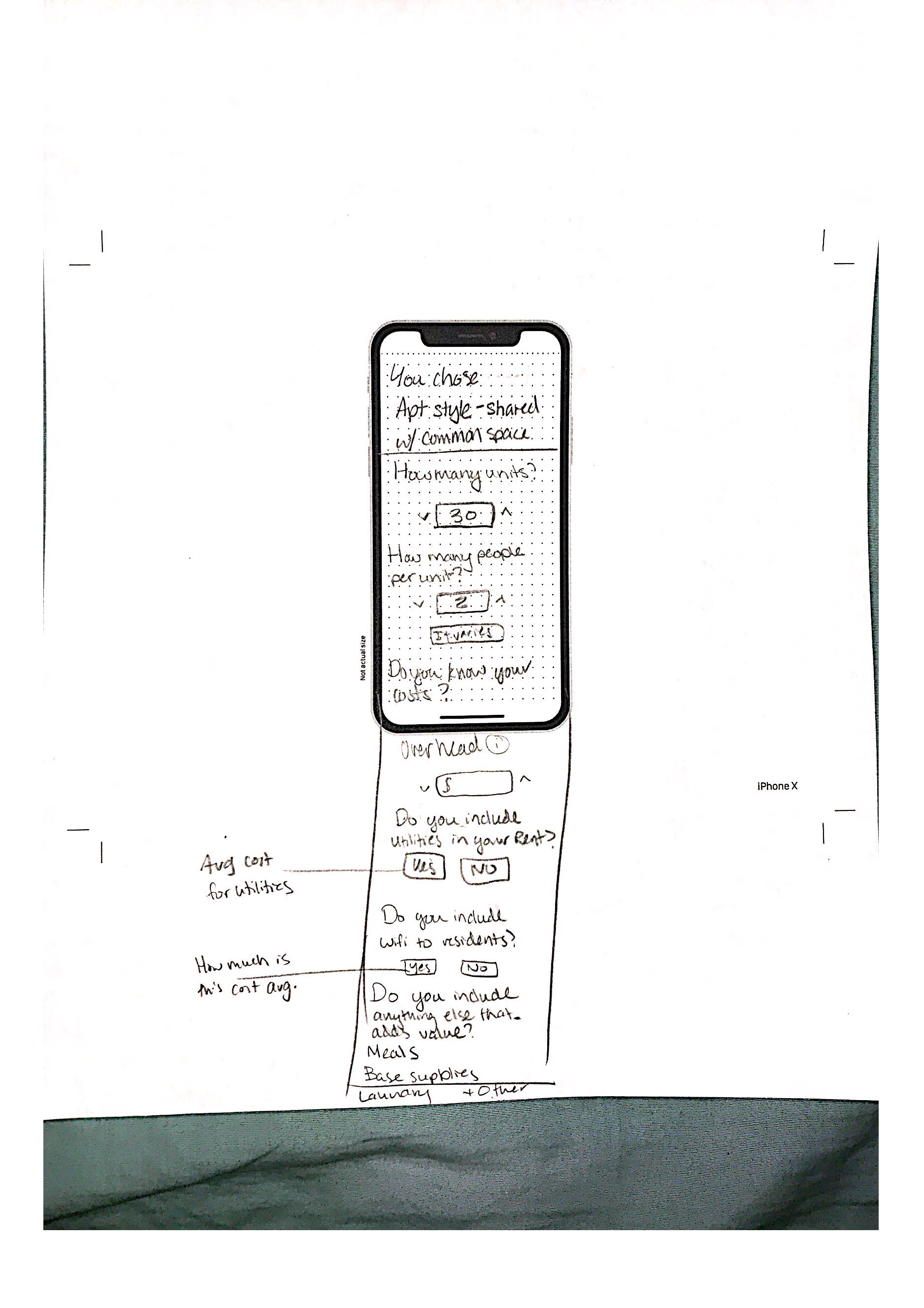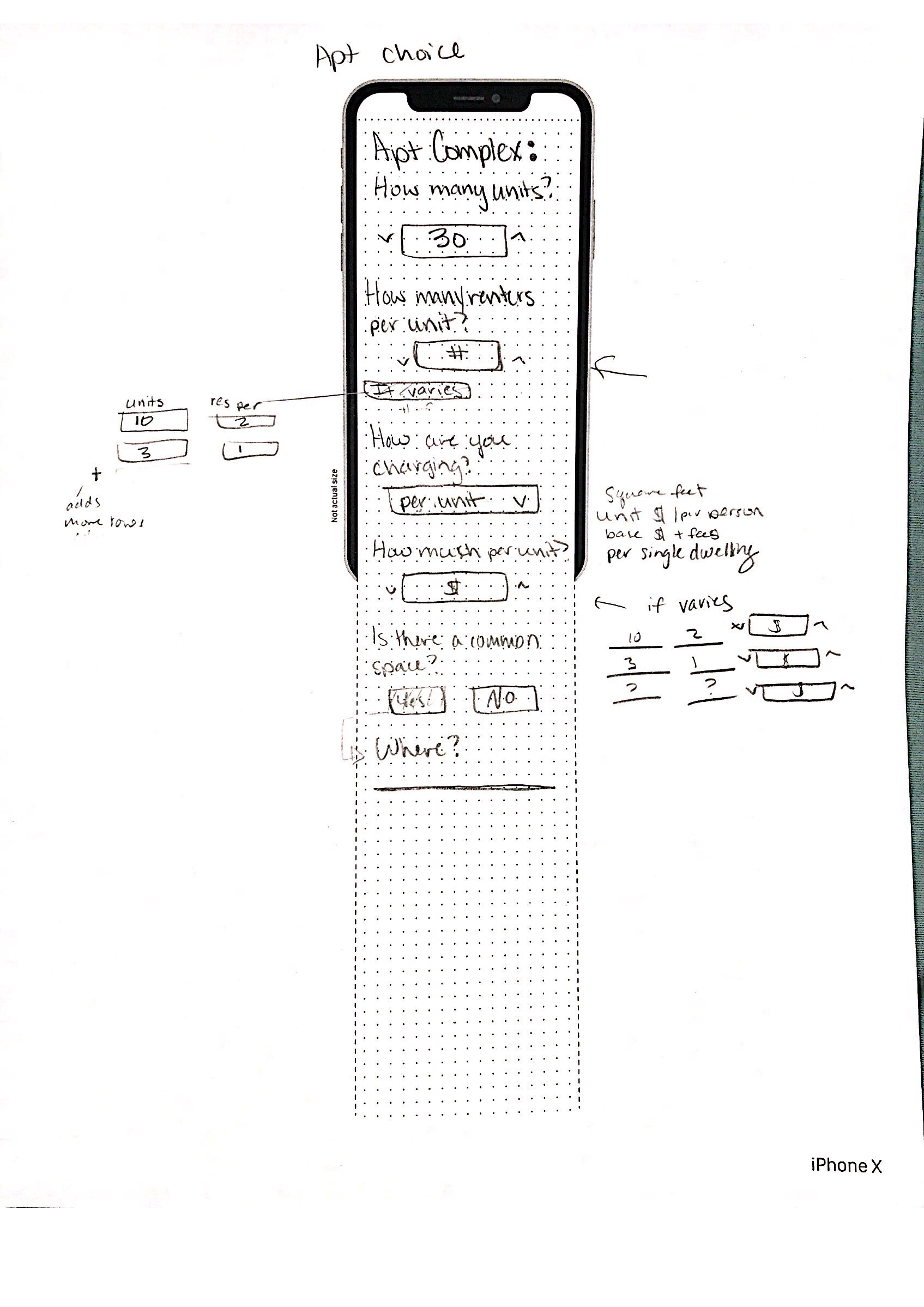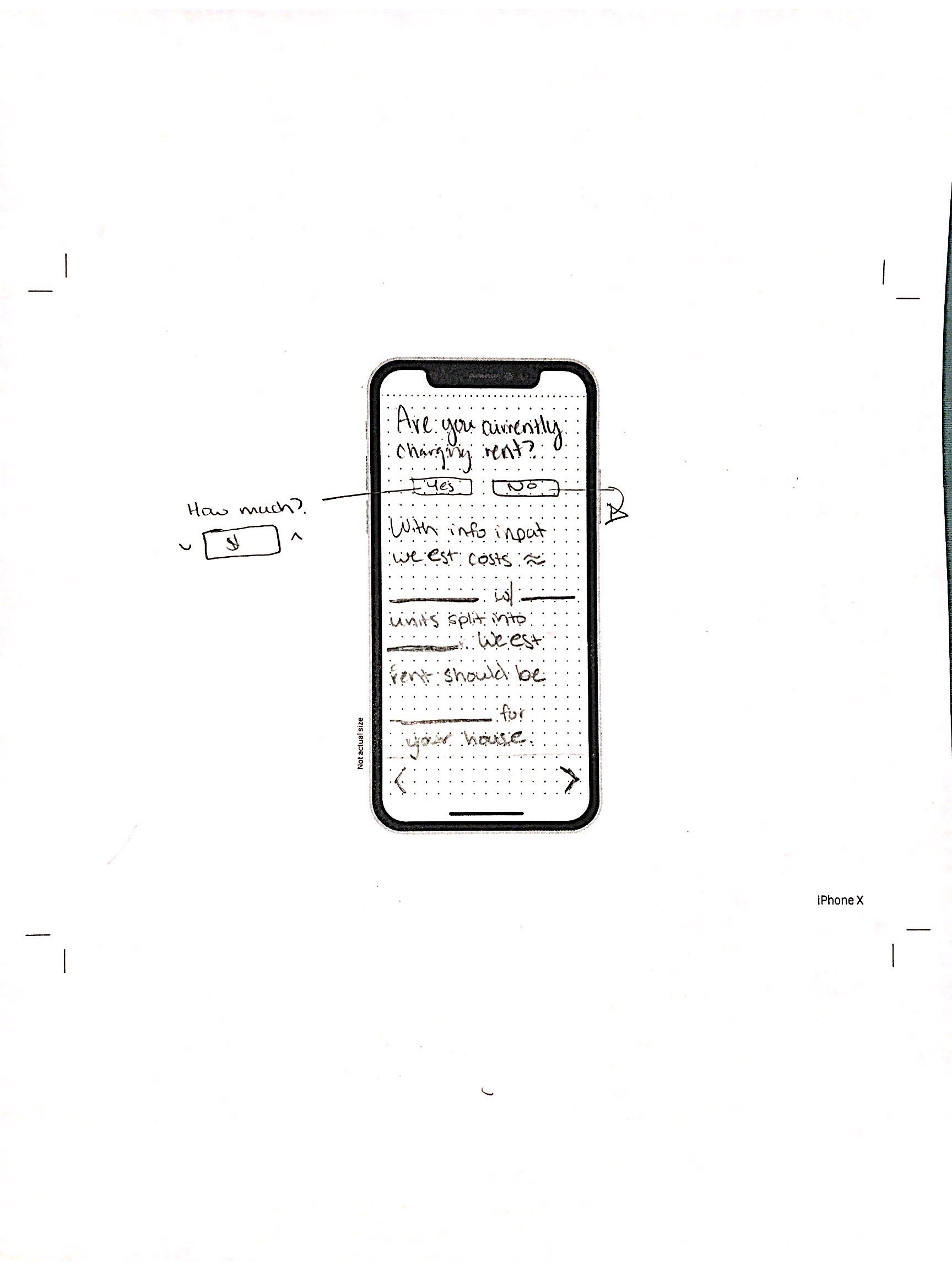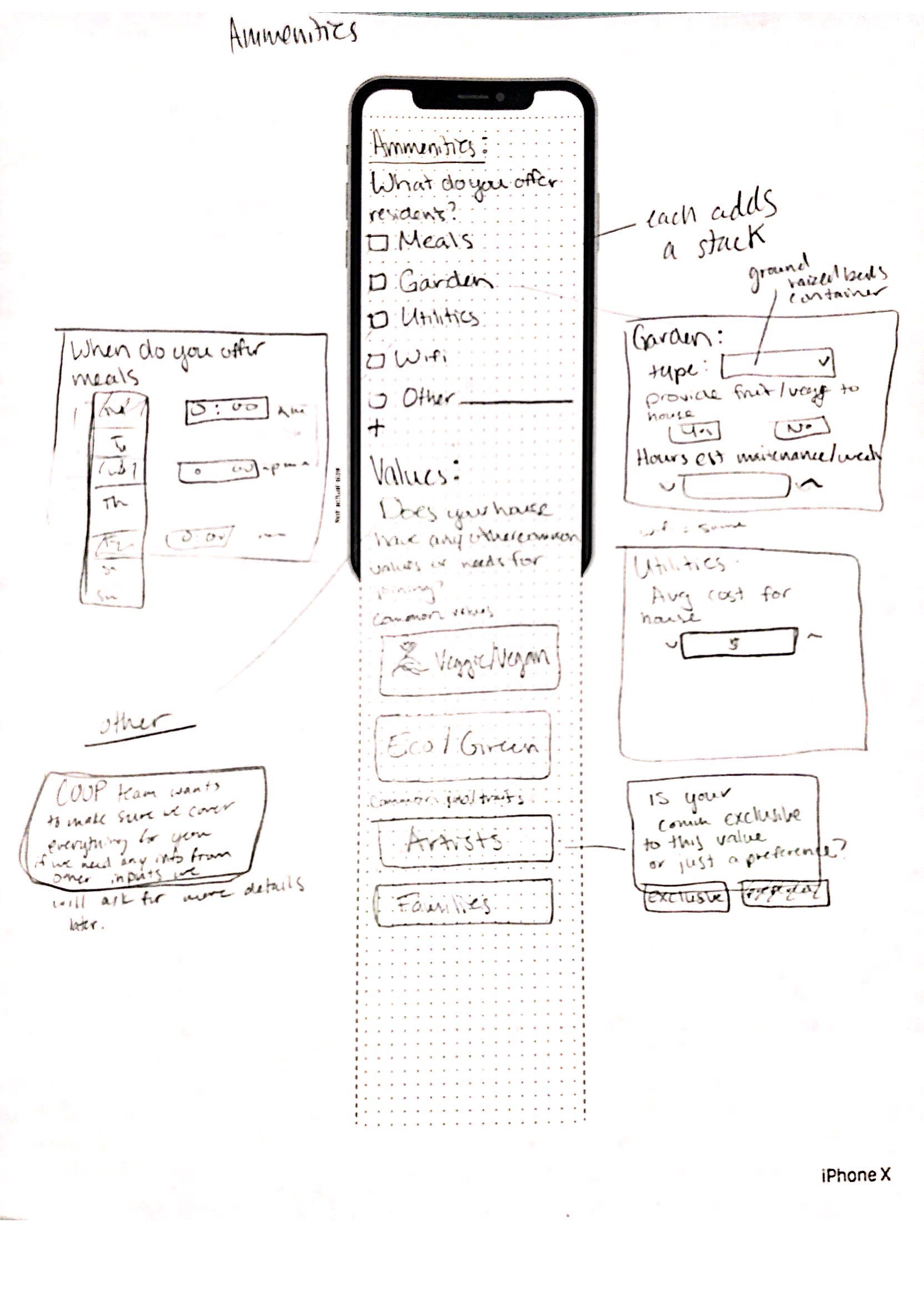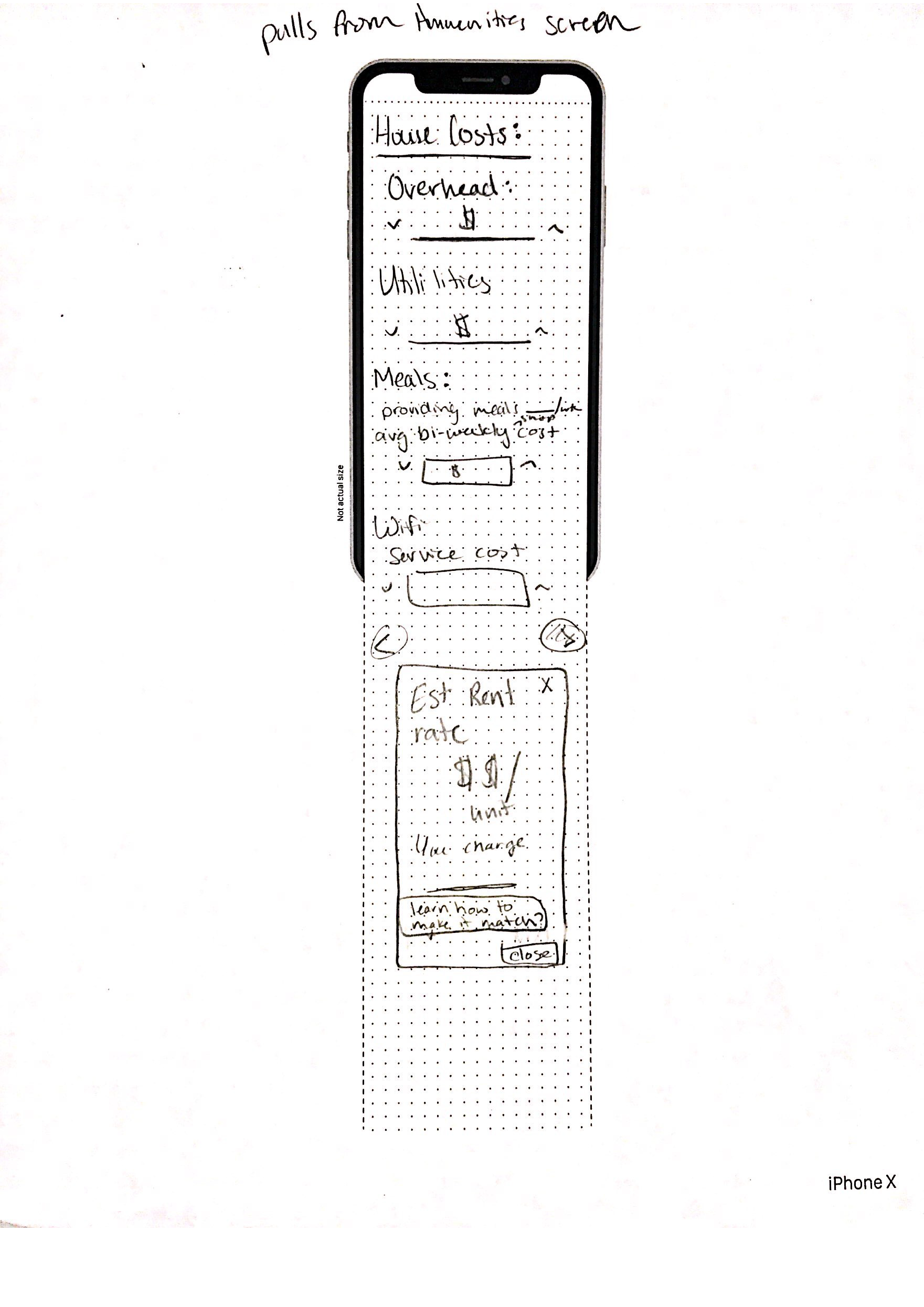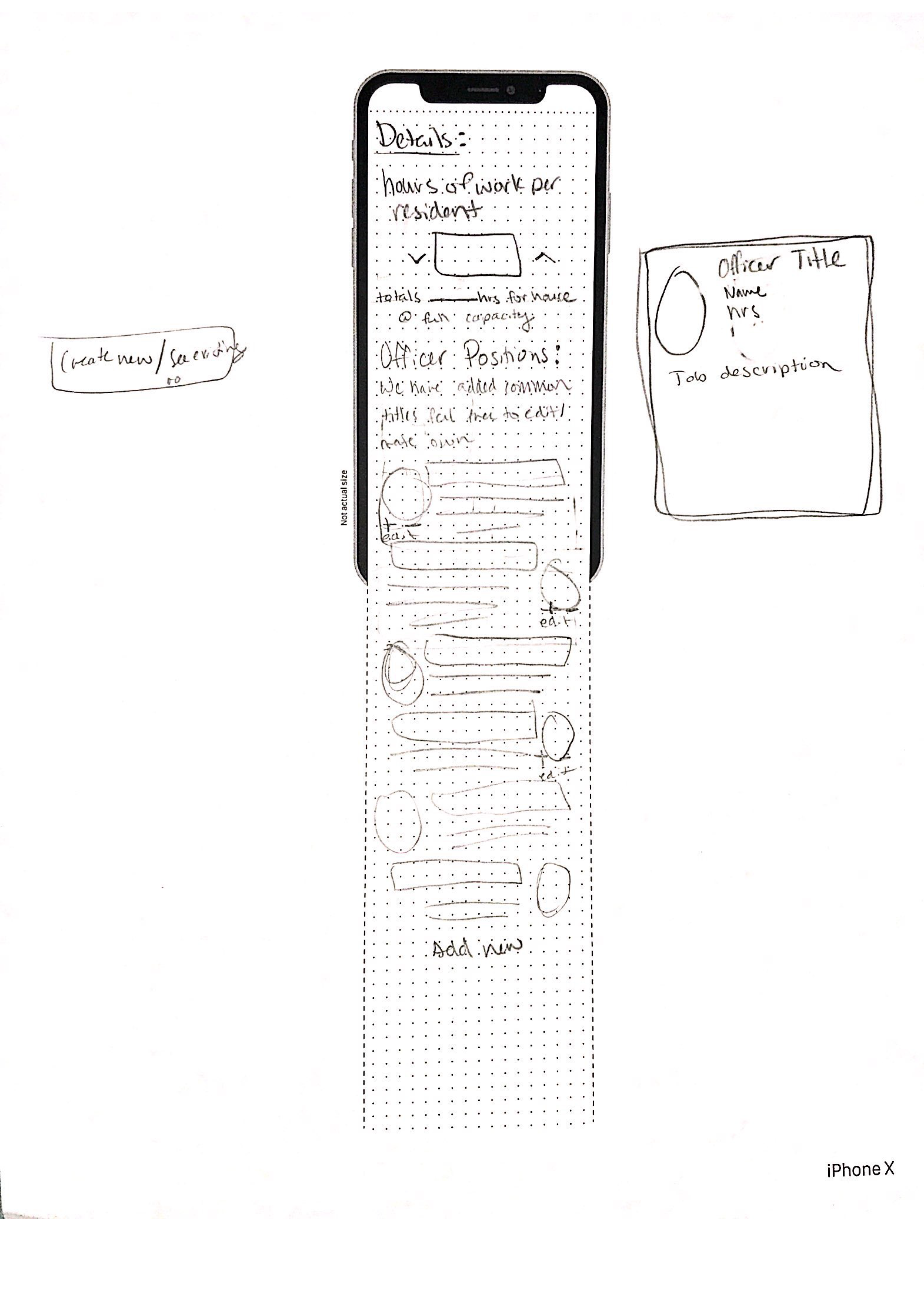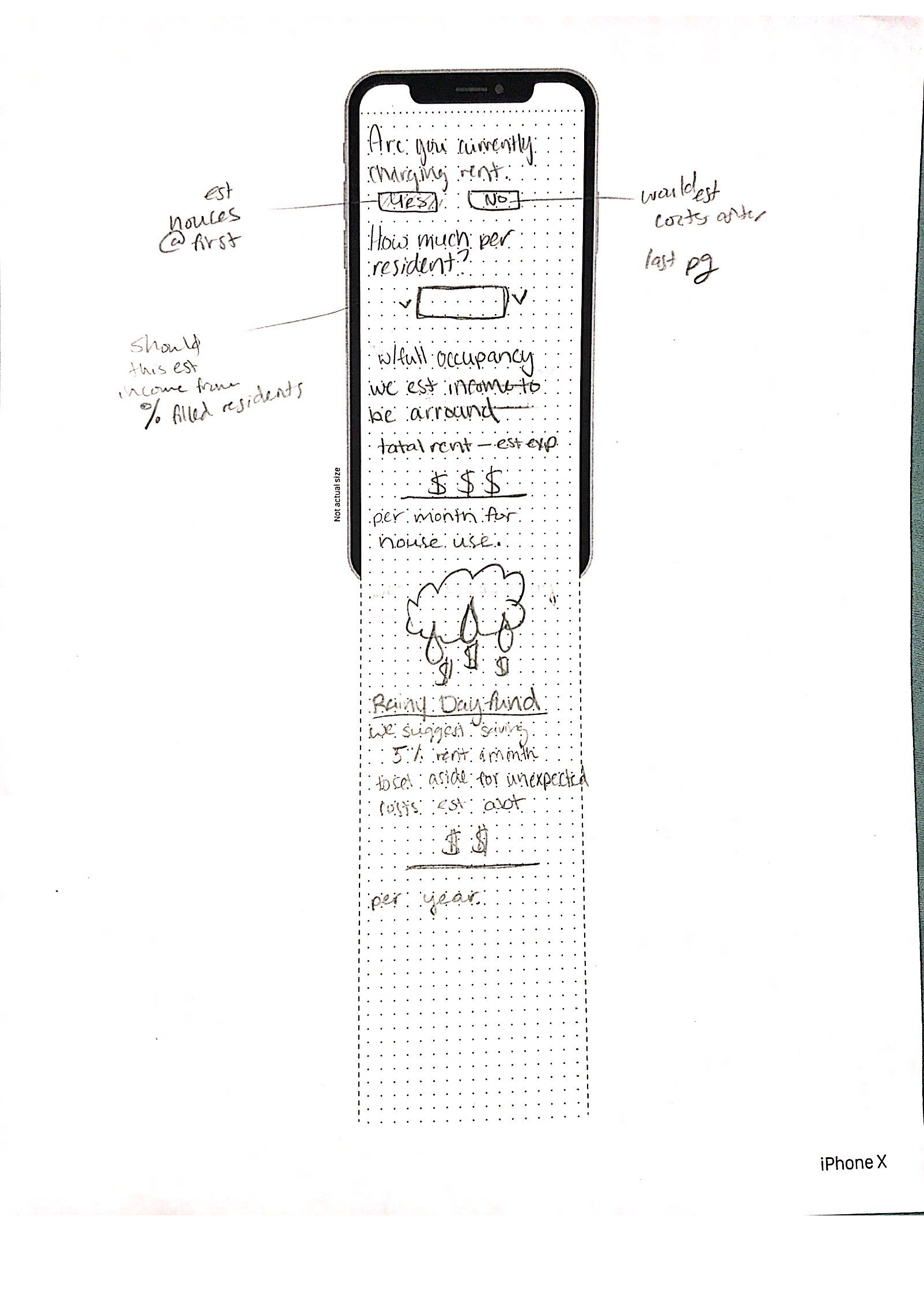coop
entrepreneurial design
ux research, & business development
a passion project that consumes my waking hours. i have a soft spot for homelessness, having come close when i was young. this project is a way for me to help those in need of housing in a concrete, potentially permanent way. the goal is to create a sustainable, duplicable, self-funding housing model so that truly affordable housing is accessible. while the problem is complex with multiple issues, the COOP proposes a solution for providing a safe place for people to be —regardless of their situation.
for the first stage of this plan, COOP, is born.
initial problem
affordable housing is becoming more and more scarce across the country. people are beginning to have to choose between a permanent residence, regular meals, and/or other necessities.
needs & wants
one: less costly housing than traditional options, affordable at lower than median income levels (around $800/month)
two: plausibly meets all legal codes with regards to housing, flexible to serve different types of households and abilities
three: more than just a bed and some walls, people living in the space need to feel accepted, engaged, with support from the local community
target market
amazingly broad
research started out targeting millennials, as their financial needs were often brought up, and a familiar to me personally. however, through research i found that millennials weren’t the only ones that could benefit. non-traditional families, retirees, those with unique work situations, immigrants, artists, and many more suffer from the same issues.
the solutions should work for anyone looking for truly affordable housing and a community in which to thrive.
cooperatives as an affordable option
cooperative definition: an enterprise or organization owned by and operated for the benefit of those using its services.
cooperative companies can be many types of businesses breweries, grocers, farms, outdoor equipment, even banks…
in researching solutions i stumbled across housing cooperatives (co-ops), something new to me that had potential to fit the problem. housing co-ops are multi-person/family dwellings owned by a “corporation”. where, in return for membership and cooperation, most often in the form of labor, you gain a living space, and a stake in that dwelling.
each co-op is unique, but all have similar benefits: residents get exposed to different people with their different experiences, and learn to work together for common betterment. co-ops are democratic so as long as residents are participating they get a say in what happens around the house.
co-ops are also extremely adaptable: they can be built new or use existing dwellings with some mild to moderate modification. residents can share almost everything— including the tub, or only share the front yard, or a wall. that is the truly amazing thing about a co-op: they change and grow based on the values of those in residence. in addition, co-ops can revitalize neighborhoods when they take over abandoned buildings, or foreclosures.
research
first i started with visits and interviews or as we like to call them family dinners. co-ops are wonderful communities so getting to visit was a fun as well as informative! i got to visit 4 co-ops all very different but all having similar problems.
haus houston
haus, more specifically urth, was my first glimpse into housing cooperatives offline. urth and rosalie are the two houses in the haus cooperative system in houston. they have about 30 residents at a given time and like many of the houses also has a green initiative. they live roommate style so everyone has their own bedroom space, but the residents all share the kitchen, laundry, and bathrooms of the house.
i learned a lot there, like their management system was almost all by hand. using whiteboards, cork boards, and stickers to keep everyone updated on the tasks and needs of the house. while this could be a good system, unlike single family homes, it remains difficult to track because all the residents live such different lives. to try and fix this the house uses communication applications like slack or discord as well as a project management app called notion but these tools all have different functions. for official documents like most co-ops they use a wiki resources page which can be extremely difficult to navigate. this often leads to the residents tiring and only learning or keeping up with one or two of these apps/sites. it is difficult to cooperate when everyone is using and keeping up with different tools from the same box…
“it took us three weeks to be able to decide to buy a $30 dollar kitchen knife, that we needed to buy…”
while urth does what it can to keep everyone in the loop, the house still goes on without having a good way to do this, because there is no right tool available. they need a way to discuss and vote on the little things without having to come together for a complex discussion. thanks to this sometimes even the simplest and necessary votes can be drawn out and aggravating for residents.
community first! village
community first! village is a quasi co-op— while not legally a co-op it runs very similarly. they are a tiny house village with 200+ residents with a second phase for more housing on the way! but even better it houses only the chronically homeless and neediest, so it must be affordable. i needed to see how they ran as such a tight knit community with so many people living in such separate spaces, especially after so many are coming from hard times.
community first village, i wanted to learn about their tiny house model to see if a village like this could work for lower income family homes. tiny homes here are average of less than $400 (not plumbed), RVs are around $450. i wanted to see if building villages similar to this could work for affordable housing. however, i found that was unrealistic for new affordable housing as it cost upwards of 17 million dollars. not quite the pocket change most people have lying around while trying to create or find affordable housing.
in addition to housing though, community first village, thrives with multiple micro-enterprises on site like car detailing, a screen printing shop, and a little convenience store. from this community i found that building on the skills of your residents, can create more than just a residence, but micro-businesses can further the helping reach of a co-op.
la reunion and sasona
la reunion and sasona are another two house cooperative system in austin. la reunion is an apartment style living situation with each unit split into two bedrooms, single bedroom for $452, one full unit is $904. whereas sasona is roommate style, with one large house split into rooms and sharing restrooms, laundry and the kitchen. sasonas rooms range in value by size but average around $850, and is located near zilker park. i worked the closest with la reunion as they were the most open and available to me. i am even looking forward to being an associate member (non-resident member) soon.
much like haus in houston these houses must make decisions together as well as separately and have also tried using different apps and sites to maintain good communication, with similar problems. what is out there just doesn’t serve enough of their needs to be functional. this house has resulted in using email chains for important situations. but many of the residents will ignore emails, or reply in harsher ways than they would in discussions or messages.
college houses interview
i also had the pleasure of talking to henrik the administrative coordinator for college houses a co-op housing system around the university of texas in austin. this is a system of 7 houses, ranging in residents of about 15 to 200. during the interview with henrik the same issues came up yet again. trying to use slack, other project management, and/or discussion apps that just don’t do enough, or have incentives to keep their residents attention. residents being almost all students brought up some other interesting issues. students have a hard time finding and knowing the rules and regulations of their co-op, and they often don’t take the time to read them in their leasing documents. labor and cooperation is a stipulation for lower rent and other perks of their housing and without knowing the rules and responsibilities they don’t participate properly and end up get reprimanded with fines or warnings.
problem reframed
co-ops are an existing solution to affordable housing, but they can be logistical nightmares to start up unless you have insider knowledge. even then, they are difficult to run and maintain. residents struggle to find and know the rules, values and information about the houses they live in. there are no current systems in place to help co-ops keep track of their labor, conversations, and much more…
new affordable housing solution: phase 1
create a hybrid application, COOP, to help create and better manage co-ops, to make them flourish and grow, to become a more impactful solution for affordable housing. the hybrid would look to share incorporation documents, listings for potential members to research and join, chore rotations, bill payment, meals, any and all the various daily functions needed to create a housing cooperative.
ux research
to do this i had to look at what i had learned from all the houses and put it together. utilizing pieces of both the ibm design thing and some sprint processes i began building the hybrid app for co-ops.
personas
members of housing co-ops can be vastly different people, and have different notions of what ‘participating’ means to them. for my personas i broke it down into the three main categories i saw. residents— these are co-op members that live in the dwelling, ranging from highly involved to bare minimum work. associates— these are members often on the waiting list to become residents or just want to be a part of that community. associates depending on the house can have labor tasks, vote, and participate in community events. then there is board members— these are the people that are invested in the community, more than just a normal resident, similar to staff of an apartment they help run the co-op as well as being a resident.
other design workshopping
with all the great info I got from the houses I had plenty of information to continue with the design thinking processes
facilitation of card sort
with all my information and what i thought would be a good deck. i went back to la reunion to facilitate in a card sorting activity and discussion, where i learned even more about the houses and my incorrect assumptions.
Now with some very clear pain points i found residents needed
a way to quickly vote on non-trivial decisions
a place to sign up, track, and report on labor: and keep each other accountable
a way for residents to pay rent: quickly and easily
a place to discuss house issues and topics
must have a place for governance documents and officer/board member reporting
a way to estimate amount for dinner or see allergies of those rsvp’d
user flows
next step: coming soon
with all this next will be the ui/ux of the hybrid app itself. currently i am working on the paper wireframes and will be digitizing them soon. but for now here’s the started paper wireframes.
resident
house setup
credits:
photography: main page image: kimson doan -unsplash.com market: eliott reyna, gabriel kiener, jennifer bedoya -unslplash.com



